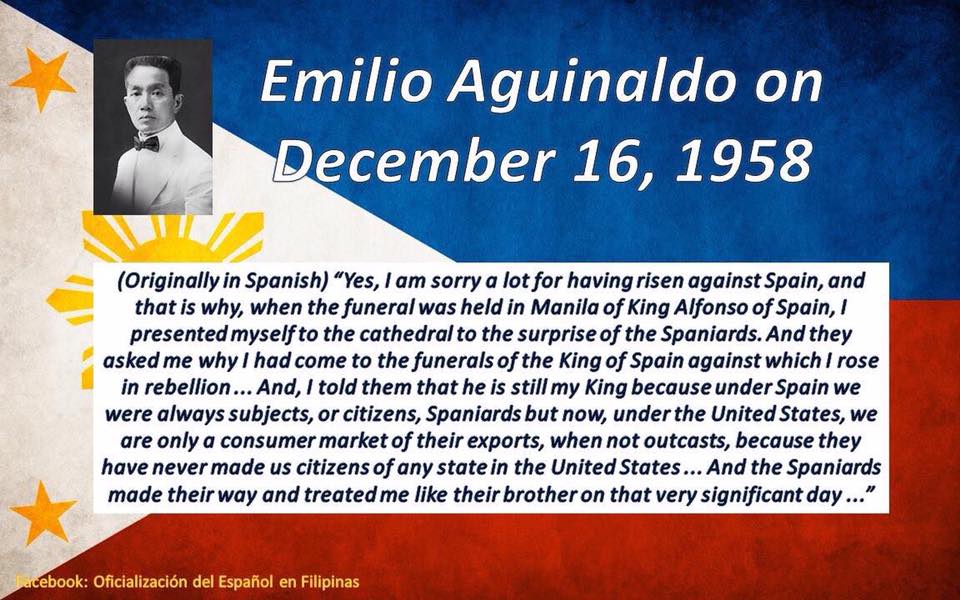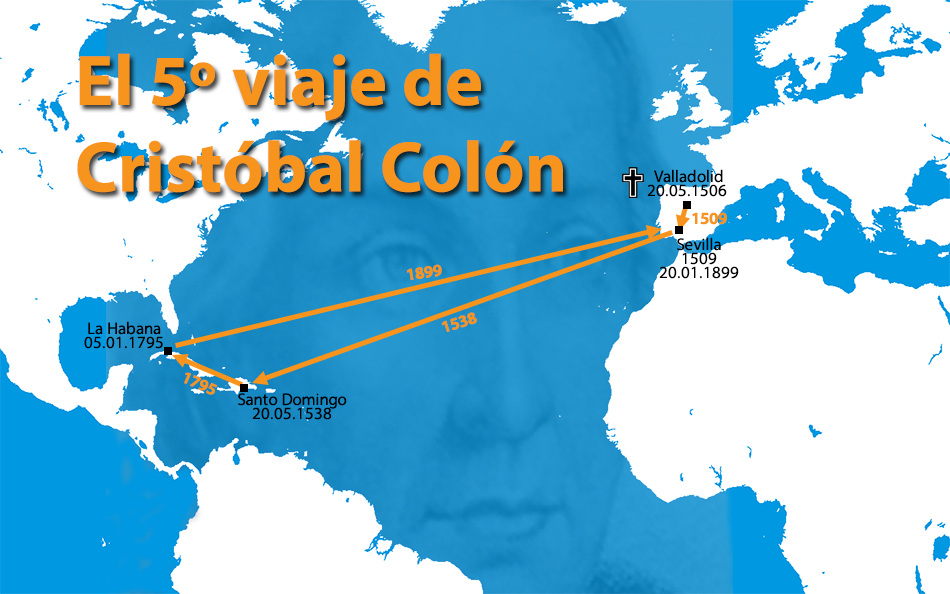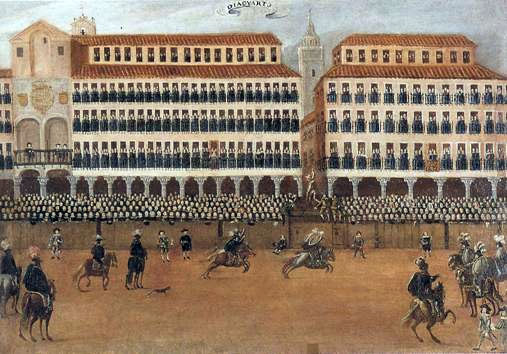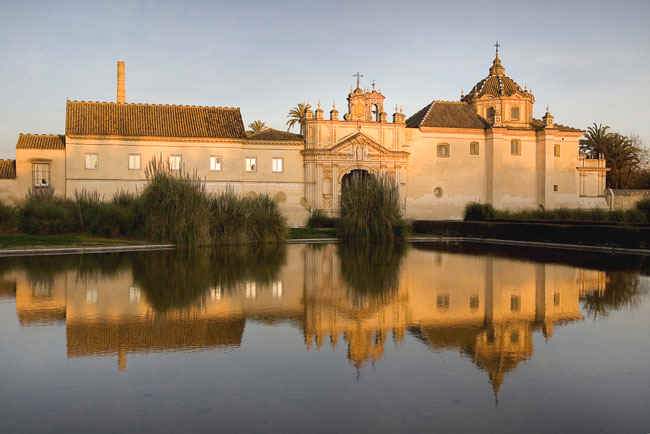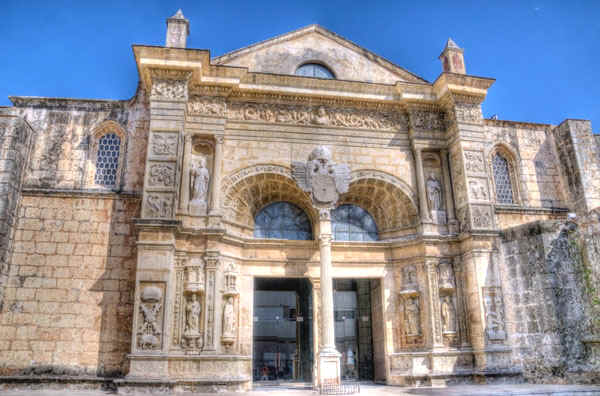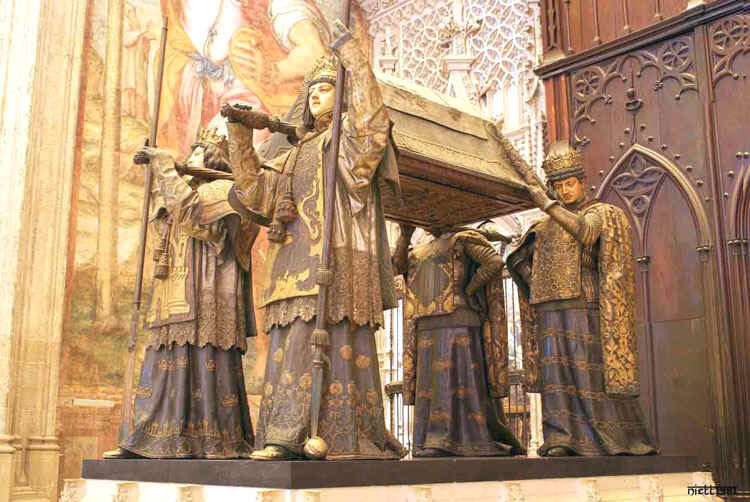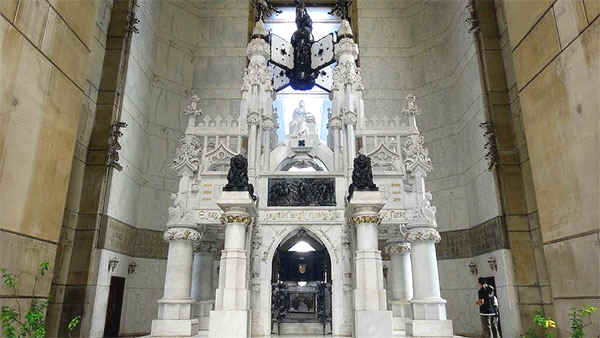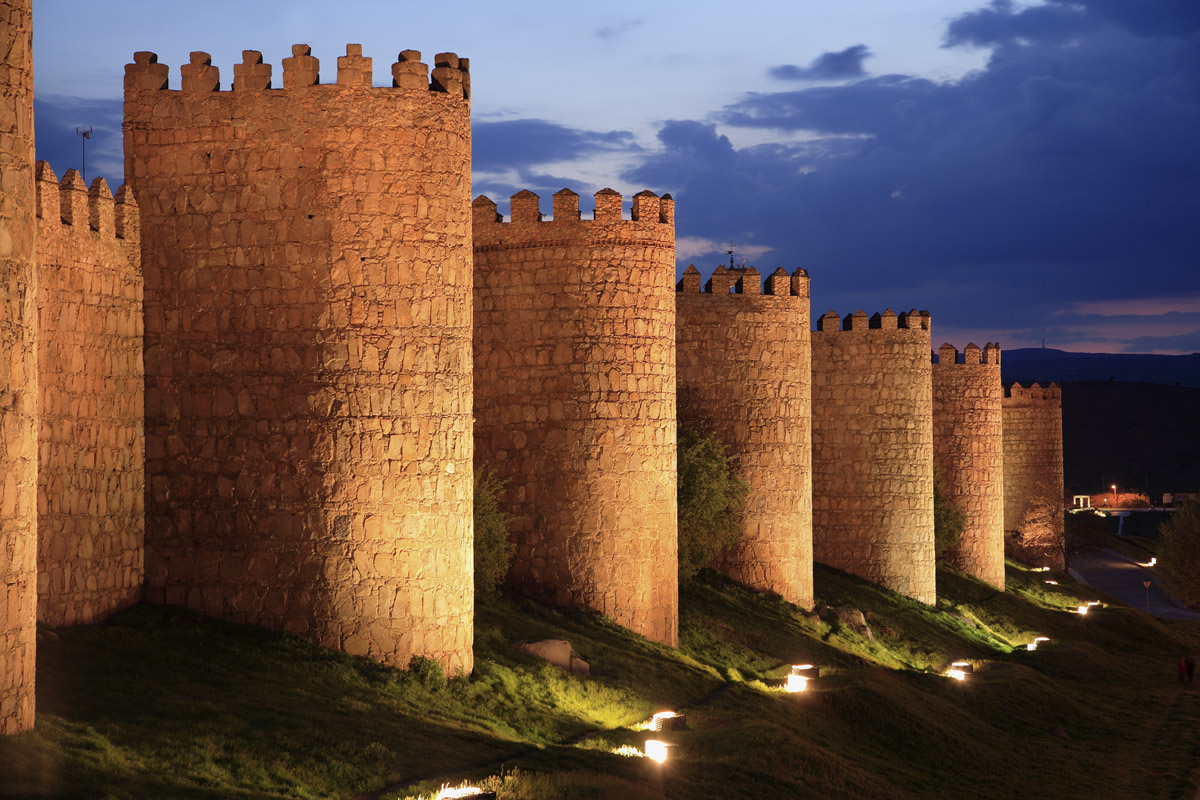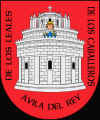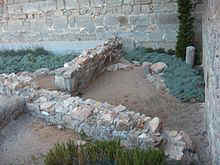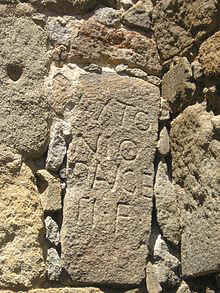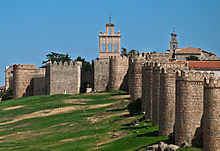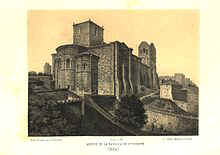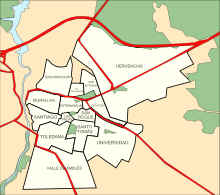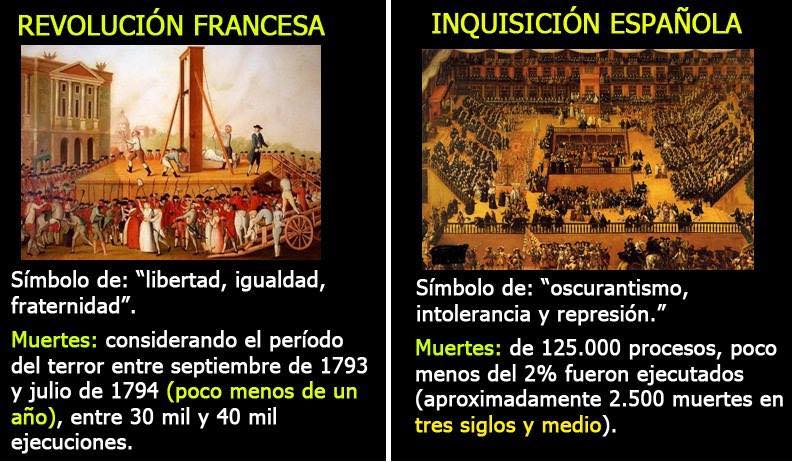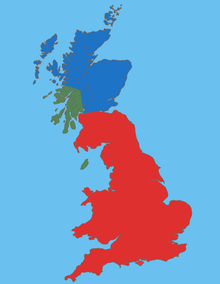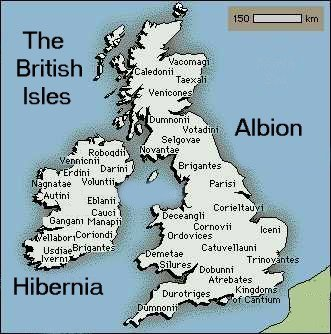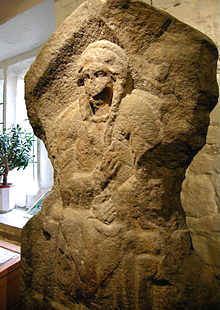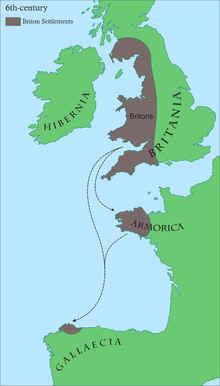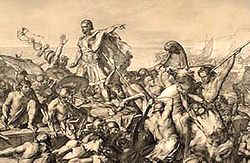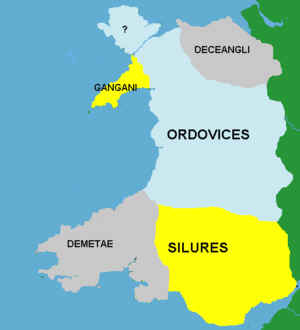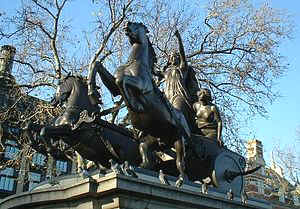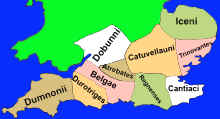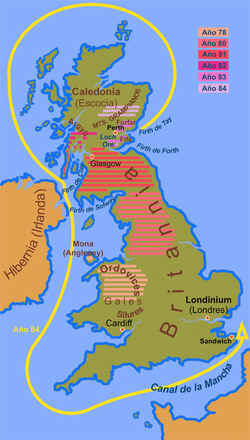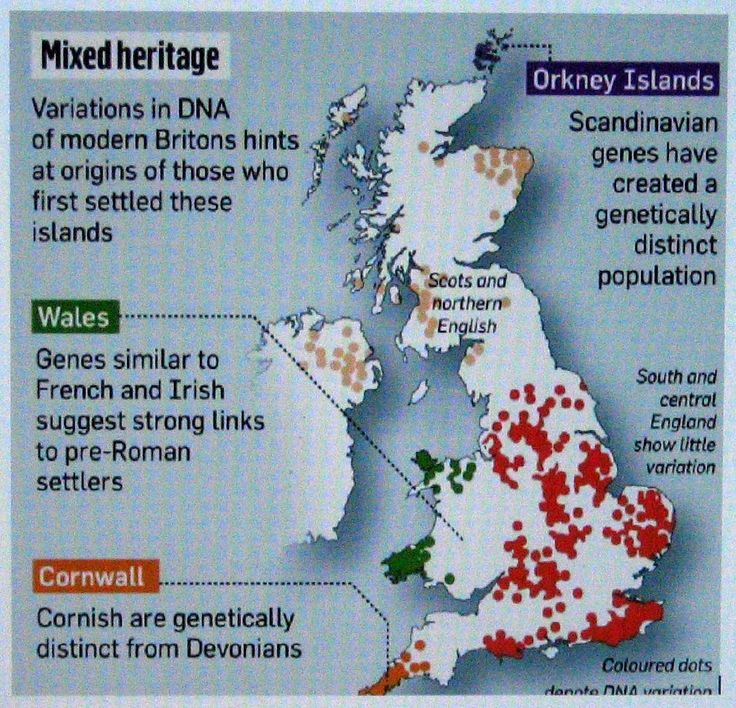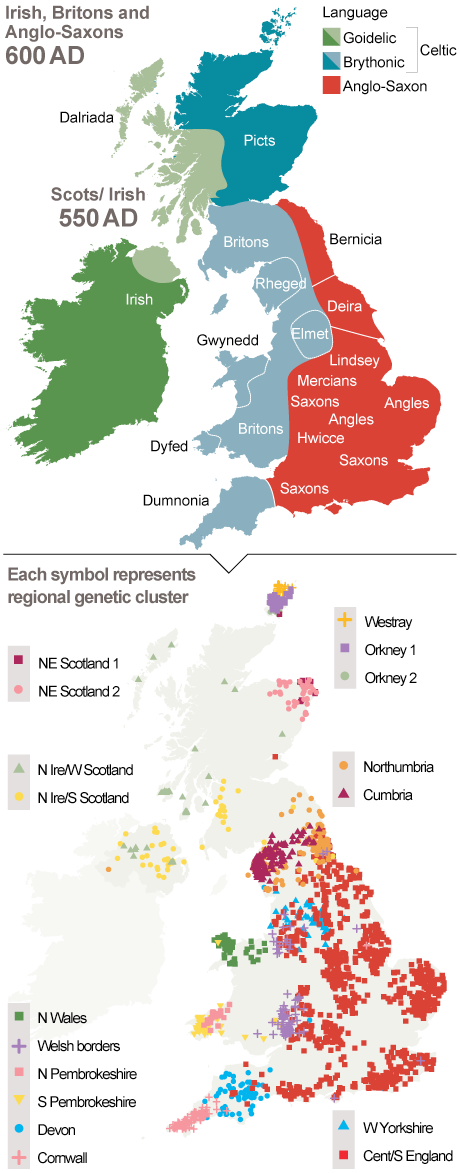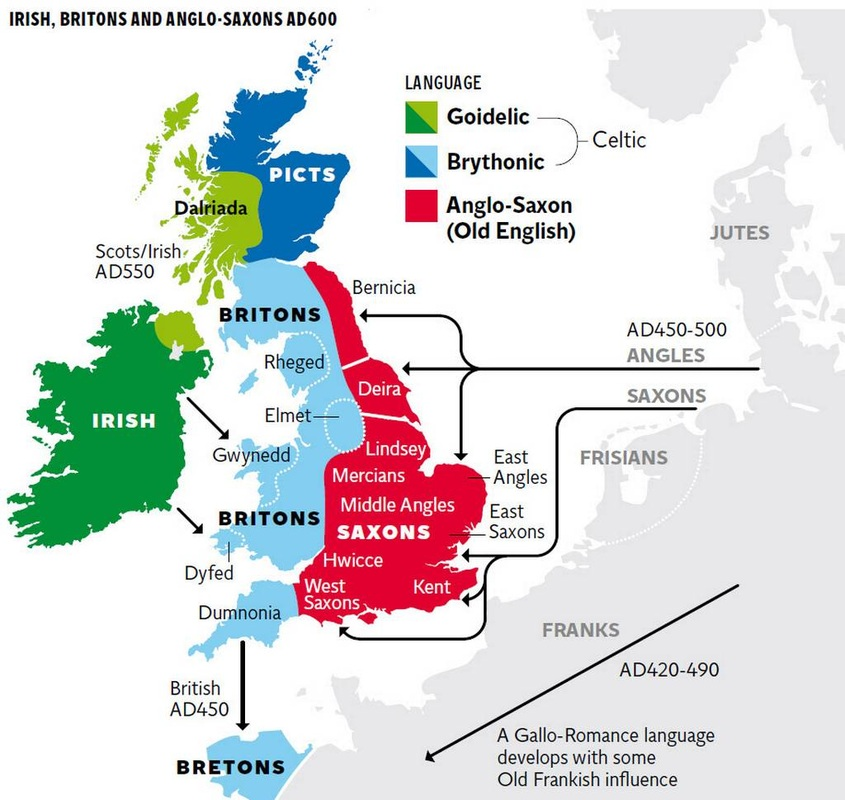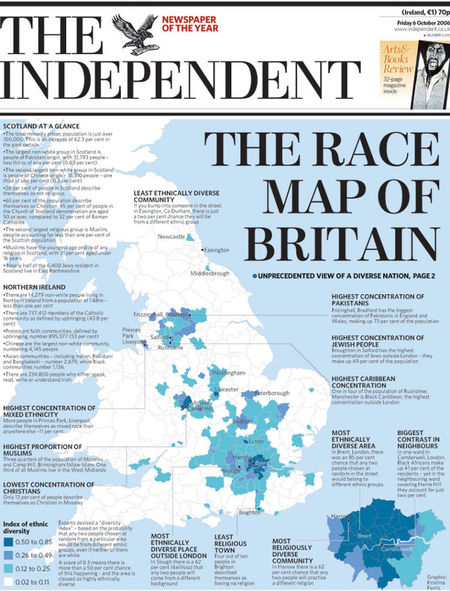|
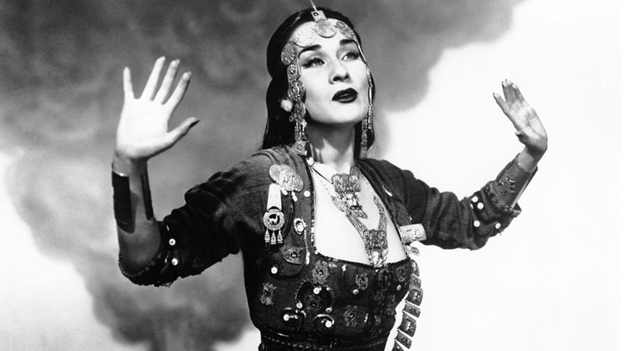
Yma Sumac poses for a portrait seen on the cover of her legendary 1950
album, "Voice of the Yxtabay." (Michael Ochs Archives /
Getty Images)
As a Peruvian kid growing up in Southern California, Id pick
through my fathers record collection, between the LPs of Peruvian
creole waltzes and Mexican ballads, to admire a strange album by an
alluring woman dripping in jewelry, posing before an erupting volcano.
The album was Voice of the Xtabay. And the woman was Yma
Sumac, the Peruvian songstress with the four-octave voice that
launched the musical genre known as exotica, a cinematic fusion of
international styles that allowed mid-20th century audiences a taste
of the mysterious and the remote.
Sumac was the imperious, raven-haired Inca princess
descendant of the last of the Incan kings, according to lore
who maintained an extensive wardrobe stocked with sumptuous gowns, her
crimson lipstick always applied to perfection. It was this Peruvian
girls ultimate fantasy.
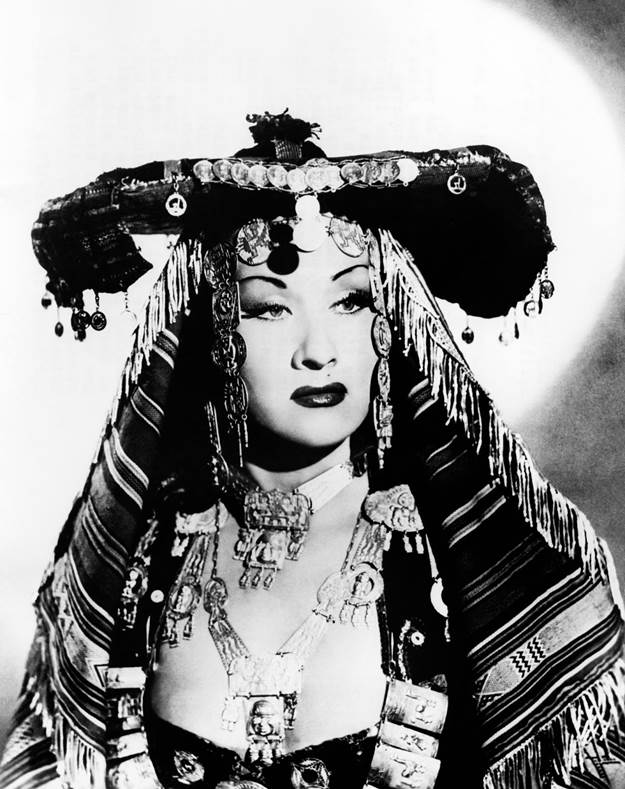
Peruvian singer Yma Sumac in indigenous-style regalia in 1952. (AFP/Getty
Images)
It was also a piece of fiction. Yma Sumac may have been from
Peru. But her exotic Peruvian persona was invented in Los Angeles.
Hollywood took this nice girl who wanted to be a folk singer,
dressed her up and said she was a princess, says her biographer,
Nicholas E. Limansky, author of Yma Sumac: The Art Behind the
Legend.
And she acted like it.
Voice of the Xtabay, the 1950 album that introduced her to
global audiences, seemed like otherworldly evidence of her power.
It opens with the smash of a gong, ringing in Taita Inty, a
song described as a traditional Incan hymn that dates back to 1000
B.C. (Never mind that the Inca civilization didnt get rolling
until more than 2,000 years later.) It segues to tunes like Tumpa,
full of guttural scatting that evokes a wah-wah trumpet. All of it is
held together by Sumacs operatic trills, which could leap from low
growls to high-C coloratura that sounded as if it could shatter glass.
She took Peruvian traditional music, set it in the popular
music vein and sang it with the voice of a coloratura soprano but
infused it with jazz and blues, says Limansky. Its a
fascinating concoction.
With composer Les Baxter setting Sumacs Andean stylings and
symphonic interludes against groovier beats, Xtabay bore no
resemblance to any Peruvian music I grew up with or have heard on any
trip to Peru. (Gongs, for one, are from Asia, not the Andes.) The
album sounds more like a soundtrack for a 50s-era jungle epic,
featuring melodies that beg for a rum drink in a ceramic Polynesian
tumbler. It was irresistible.

Sumac was known for her glamorous, queenly outfits seen here in
1957. (Estate of Yma Sumac / Damon Devine)
Added to this were the machinations of the overheated publicity
department at Hollywoods Capitol Records, which fabricated all
manner of legends about Sumac, the supposed Inca blue-blood, crooner
of mysterious Andean hymns, as a way of drawing the publics
attention.
Among them: that the albums title song, Xtabay, was
about the legend of a young Incan virgin who had a forbidden
love with a high prince of an Aztec kingdom. No such legend
exists.
Audiences, however, ate it up. So did I. To me, Sumac was a rare
representation of the Andean in U.S. popular culture (albeit one
distorted by the funhouse mirror that is the entertainment industry).
And it was a representation soaked in glamour.
Sumacs boom years were in the 50s and 60s, but thanks in
part to Capitols epic myth-making, she had a surprisingly long
career. performing into the 1990s, when she was well into her 70s.
Her first significant appearance, at the Hollywood Bowl in August
1950, was received with astonishment followed by rapturous applause.
From there flowed numerous albums including my favorite,
Mambo! from 1954 as well as performances all over the U.S.
and Europe. In 1960, she undertook a historic 40-city tour of what was
then the Soviet Union that lasted for months.
Cult following
Over the course of her life, Sumac appeared on television talk
shows from Steve Allen to David Letterman. Her music has appeared in
commercials and on numerous Hollywood soundtracks, including The
Big Lebowski and Mad Men. And its been sampled by hip-hop
musicians. The Black Eyed Peas employed the groovy opening from Bo
Mambo in their 2003 single Hands Up.
Today, eight years after her death at age 86, Sumac remains the
subject of fan sites, Pinterest pages and Facebook groups. Shes
inspired a veritable rabbit hole of lip-sync videos on YouTube. (One
by Argentine actor Luciano Rosso, looking piratical, is particularly
delirious.) Last fall, she received the ultimate digital nod when she
was featured as the Google Doodle on the 94th anniversary of her
birth.
Sumac could have easily gone down in the history books as a
musical footnote. And if shed remained a run-of-the-mill folk
singer, she probably would have. But the combination of her beauty,
her unusual music and the colorful stories that surrounded her
transformed her into a legend with a devoted cult following. (I was
once chastised on social media by a fan for not being sufficiently
reverent.)
The high camp didnt hurt either the feathered headdresses
and eyeliner on fleek not to mention her stage design, with
Styrofoam volcanoes and totems. A Times review of a 1955 concert at
the Shrine Auditorium notes her phenomenal voice as well as a
touch of the ridiculous, namely a set studded with pillars of
fire.
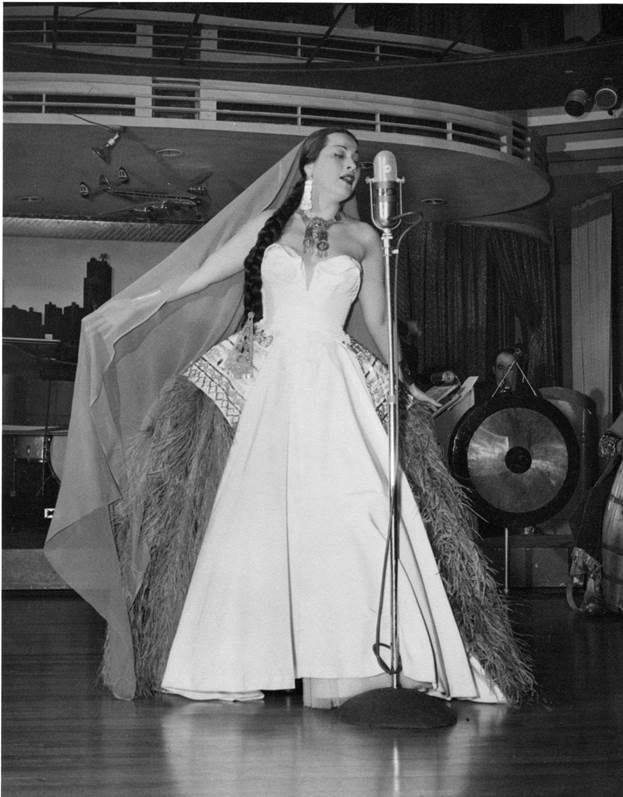
Sumac performing in 1952 an image from her personal archive.
(Estate of Yma Sumac / Damon Devine)
She was unique in the combination of things that she
embodied, says Peruvian anthropologist Zoila Mendoza, chair of UC
Davis Native American studies department and daughter of a woman
who was close friends with Sumac as a teen. It was a whole
fantasy.
Sumac was born Zoila Augusta Emperatriz Chavarri del Castillo in
Perus Cajamarca region of the northern Andes on Sept. 13, 1922.
(She later took the stage name Imma Summack, her mothers name,
which morphed into Yma Sumac after her move to the U.S.)
She was not, as one Parisian publication once wrote, raised in a
miserable hut of dried earth. In fact, her well-to-do family
included a physician and a judge. Her father was involved in local
civic affairs; her mother was a school teacher.
Definitely she was elite in the area, says Mendoza, whos
studied indigenous performance in the Andes and written about Sumac.
As a teen, Sumac moved to Lima to go to school. It was there in
Perus capital that she met Moisés Vivanco, a noted folk musician
who would shape her early career and whom she would ultimately
marry and divorce (twice). One popular Sumac legend, crafted by the
fabulists at Capitol Records, has Vivanco traveling for days to a
remote mountain region to seek out the singer known for
talking with the birds, the beasts, the winds.
Not quite. Vivanco met Sumac at a rehearsal in Lima, where, after
hearing her sing, he invited her to participate in a folkloric event.
L.A. is full of people
like her. People like Angelyne these self-invented people.
Joy Silverman,
former director of LACE
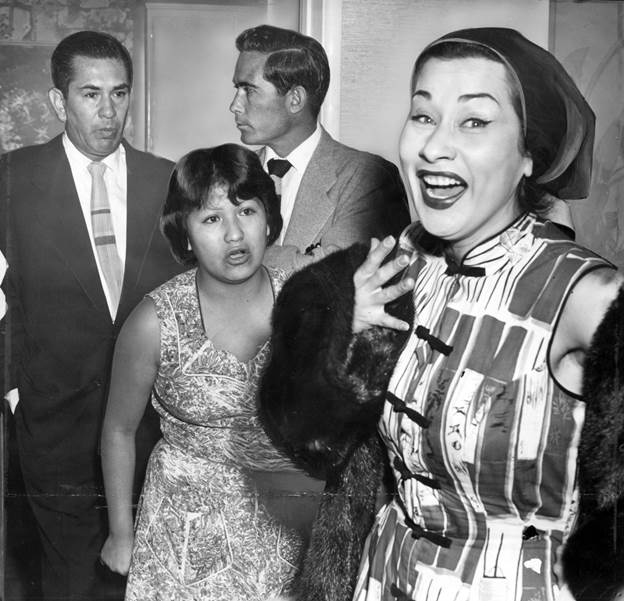
Sumac's personal travails often made headlines: Such as the family
spat captured by a Times photographer in the 1950s. (Los Angeles
Times)
All of this raises the issue of Sumacs supposed Inca lineage.
Her mothers surname, Atahualpa, was that of the last Inca emperor.
Whether that made Sumac a real-deal royal (or someone who could even
claim indigenous identity) is unknown.
She likely spoke some Quechua, one of the principal indigenous
languages of the Andes, as did most people who then lived in the
highlands. But she was a fair-skinned mestiza, a mix of Spanish and
Indian. She was white compared to most Andean people, Mendoza
notes. She had green eyes. She and my mother were very close
friends. My mom also has green eyes. So they were these two pretty
Andean women with green eyes.
But Sumac emerged at a time when Peru was paying more attention
to its indigenous roots. The wide dissemination of the archaeological
wonders at Machu Picchu after 1911 brought attention to the
countrys resplendent Inca past.
In that context, the whole institution of folklore emerged,
says Mendoza, referring to the burgeoning industry built around Andean
indigenous music. Recordings were made, radio programs launched and
festivals held.
Sumacs early repertoire reflected this musical current,
including, for example, huaynos, brisk Andean highland ballads
featuring strings and flute. (Some of these are in the 2013
compilation album by Blue Orchid Records: Early Yma Sumac: The Imma
Summack Sessions.)
By the time Yma Sumac came about, there was a whole
infrastructure that allowed her to become a national figure,
Mendoza explains. Before that, it wouldnt have happened.
Incas in the deli
Sumac and Vivanco became well known in Peru and had successful
engagements in the important Latin American media centers of Argentina
and Mexico. A successful recital at Mexico Citys prestigious
Palacio de Bellas Artes came at the invitation of Mexicos
president. In 1946, the pair moved to New York City, figuring that
their success in Latin America boded well for the U.S. market.
But American audiences werent exactly rushing out to see
Andean folk music. Sumacs early years in New York, as part of a
group called the Inca Taqui Trio, were spartan. They played supper
clubs, Borscht Belt resorts, business conventions and, for a time, a
delicatessen in New Yorks Greenwich Village, where a magazine
writer for Colliers would later write that Sumac could be found
performing in a back room richly blanketed with the aroma of
pickled herring, salami and liverwurst.
Hollywood took this nice
girl who wanted to be a folk singer, dressed her up and said she was a
princess. And she acted like it.
Nicholas E.
Limansky, biographer of Yma Sumac

Yma Sumac performing in 1964. (ABC Photo Archives / Getty Images)
The trio nonetheless developed a following. One local television
appearance sparked the interest of a talent agent who helped Sumac
land a deal at Capitol. The Inca Taqui Trio was too folkloric for the
label, so the label instead built an album around Sumacs voice.
Enter: Exotica master Baxter, and a post-World War II U.S. public
ready to be seduced by fantasy.
Also, enter: Los Angeles.
The record deal necessitated a move to Southern California, and
by the late 1940s the couple were comfortably ensconced in tony
Cheviot Hills on L.A.s Westside. The move was key in Sumacs
metamorphosis from talented folk singer to Inca exotica pioneer.
I dont know if this could have happened in another city,
says Limanksy. New York has Carnegie Hall and the Metropolitan
Opera ... famous classical institutions, and things were geared around
that. But in Los Angeles, you had the film industry and everything
that entailed. Her whole transformation, it does smack of Hollywood.
... It was very cinematic.
The tarted-up Inca princess identity was not something that Sumac
was initially wild about. She wanted to be a folk performer,
says Limansky. She really didnt like it at all.
But once Sumac re-invented herself, forced like many performers
to create a new sound in the name of success, she embraced the role
with haughty grandeur. Known for striding on stage as if shed
arrived to reclaim her empire, she demanded the undivided attention of
her public. In later years, shed storm off if spectators so much as
opened their mouths.
She looked like a princess and she acted like one, says
Limansky, who attended some of her New York shows in the 80s.
She was entertaining, but not in a let me get in your face and
laugh with you kind of way.
She was very formal with the
audience.
This regal quality translated to her roles in Hollywood films.
In 1954, she appeared in the Charlton Heston adventure flick
Secret of the Incas as Quechua maiden Kori-Tika. In it, Sumac
gives a pair of surreal mountain-top performances at Machu Picchu. She
also throws serious side eye at Hestons European love interest,
played by Nicole Maurey. When Maurey tells her, You speak English
very well, Kori-Tika replies cattily, So do you.
Its a very different depiction from that other mid-century
South American icon, Carmen Miranda, the Brazilian bombshell,
seen as the flirty Latin party girl in the towering fruit hat. Sumac
was way too royal for that.
Interestingly, Sumacs noble persona (a role some say she came
to believe) was built around ideas of Inca culture that had blossomed
during Perus indigenist period ideas that werent always rooted
in fact.
When she became a folkloric artist in the 30s, there had
been a couple of decades in Peru of composers and musicians who had
been creating symphonies and these really sophisticated pieces of
music based on an invented idea of what the Inca sound was like,
says Mendoza. It had very little to do with what contemporary
indigenous people were actually playing.
Sumac was channeling a concocted notion of Inca identity as an
invented Inca princess. A fiction born in Peru adds another layer of
fiction in Hollywood, and from that fiction rises Yma Sumac. What
could be more Los Angeles?
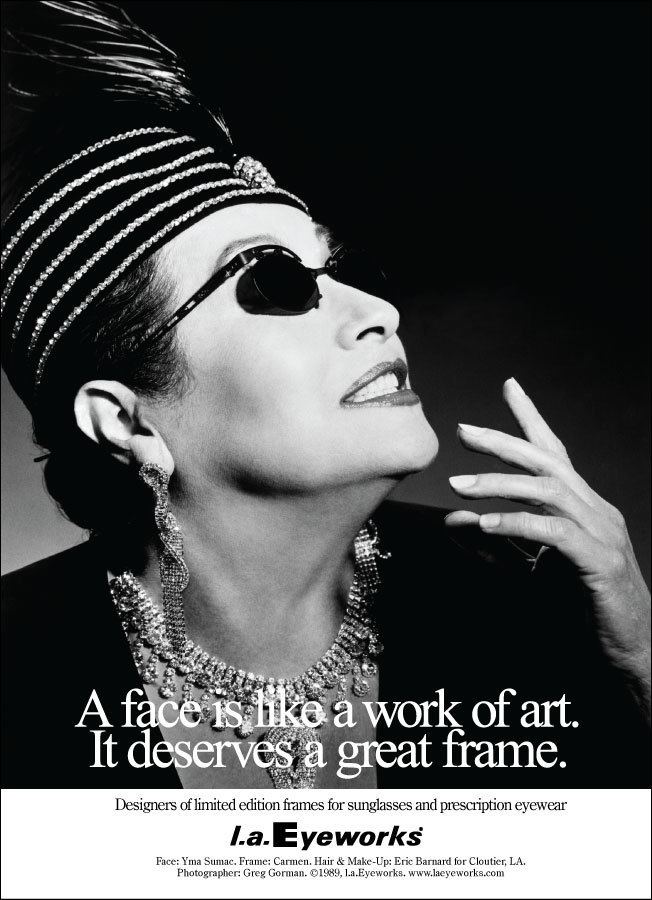
Yma Sumac's ad for l.a.Eyeworks in the 1980s. (Greg Gorman for
l.a.Eyeworks)
L.A. is full of people like her, says Joy Silverman,
director of Los Angeles Contemporary Exhibitions through most of the
80s. People like Angelyne these self-invented people.
In the late 1980s, Silverman asked Sumac to perform at a LACE
fundraiser when the organization was located in downtown L.A., a
pioneer in what is now the thriving Arts District.
She was exactly what you would imagine, Silverman says.
You were in the presence of this dramatic Peruvian songbird. She
was never out of character.
Around the same time, Sumac also appeared in sleek shades and
plumed hat in one of l.a.Eyeworks iconic magazine ads, part of
a campaign that featured entertainers such as Grace Jones and Iggy
Pop.
It was Yma Sumac we had to do it! says
l.a.Eyeworks co-founder Gai Gherardi, who recalls a petite woman of
monarchical bearing with a taste for bananas. Her image, she knew
what it looked like, and she lived up to it.
In her late years, Sumac played regular cabaret engagements at
the now-defunct Cinegrill and the Vine St. Bar & Grill jazz club,
not far from her star on the Hollywood Walk of Fame. (Shes the only
Peruvian with that honor.) Her cabaret shows brought out a crowd that
author Tom Lang, who worked at Vine St. in the 80s, describes as
Sunset Boulevard on ayahuasca.
The pre-show atmosphere was anticipatory, a legend returns,
he says via e-mail from Bali, where he now lives. Opening night,
sold out. A group of tiny Peruvians, impeccably dressed, at one table.
[Pianist and author] Leonard Feather in his regular booth (throne).
Bill Murray and his entourage, up front.
Sumac was an uneven performer in those years with good
nights, as well as terrible ones, her voice cracking, her temper foul.
The show at Vine St. was one of the latter. I wanted to take her
off the stage and hug her and tell everyone else to leave her
alone, recalls Lang.
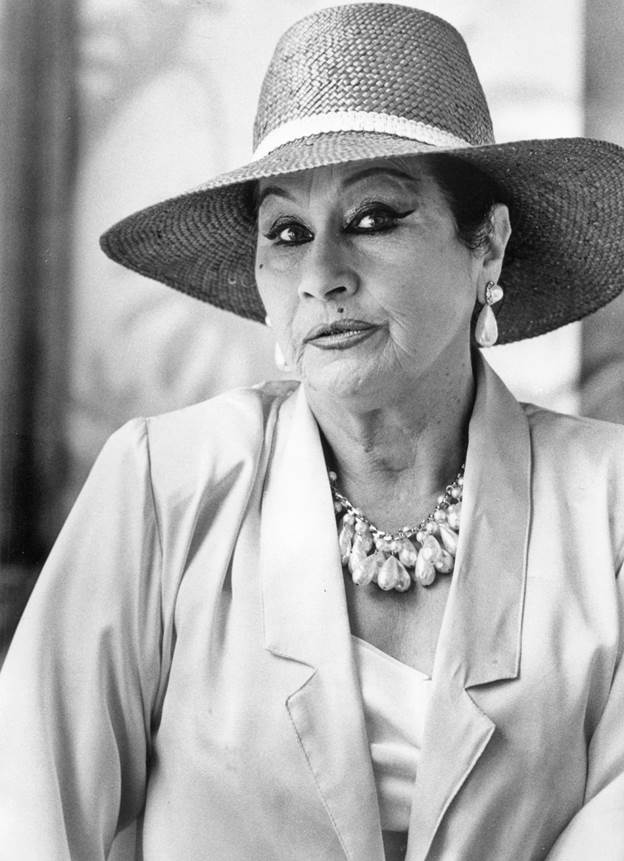
Yma Sumac in the '80s, when she made occasional appearances at clubs.
(Los Angeles Times)
There are other L.A. stories, too. About her taste for El Pollo
Loco and her shopping trips to Bullocks Wilshire. She must have had
300 pairs of vintage shoes from throughout the 50s, recalls her
friend and former assistant Damon Devine, who runs the tribute website
yma-sumac.com.
The singer, who was sold to American audiences as a wonder from a
strange land, was, in the end, just another grand dame living on the
Westside (she later moved to West Hollywood), who might enjoy an
afternoon of listening to Eurodance with her assistant.
Ultimately, it was in L.A., the city that made her who she was,
that Yma Sumac would ultimately come to rest.
Not long ago, on a warm afternoon, I paid a visit to Sumacs
grave at Hollywood Forever Cemetery. Its in the same mausoleum as
Iron Eyes Cody, a second-generation Italian American performer also
known for a manufactured indigenous identity. (He frequently played a
Native American in the movies and told the press he was Cree and
Cherokee.) In another part of the building lies Constance Talmadge,
the silent-screen star.
My father used to roll his eyes at Sumacs claims of Inca
nobility. But Los Angeles, a mestizo city and land of the faux
historic, requires a ruler. Why not Sumac? In the photo displayed on
her tomb, she is perfectly made up, wearing an indigenous textile and
earrings as big as chandeliers. Just like an Inca queen.
Editor Mimi: I particularly loved
sharing this article. My step-dad, Elias "Al"
Schwartz was a musician,
violinist with the Pasadena Civic Symphony Orchestra, and owner of a radio
station, the Better Music Station. In the early 1950s, Latin American music was very popular, especially with big
bands. My step-dad raved over Yma Sumac's musical
range, from the very deepest and lowest sounds to the highest .
. . all crystal clear. He was enthralled. I have very fond memories sitting and
listening to her amazing voice with Al, enjoying his appreciation of
her unique talent.
Sent by Sister Mary Sevilla
|
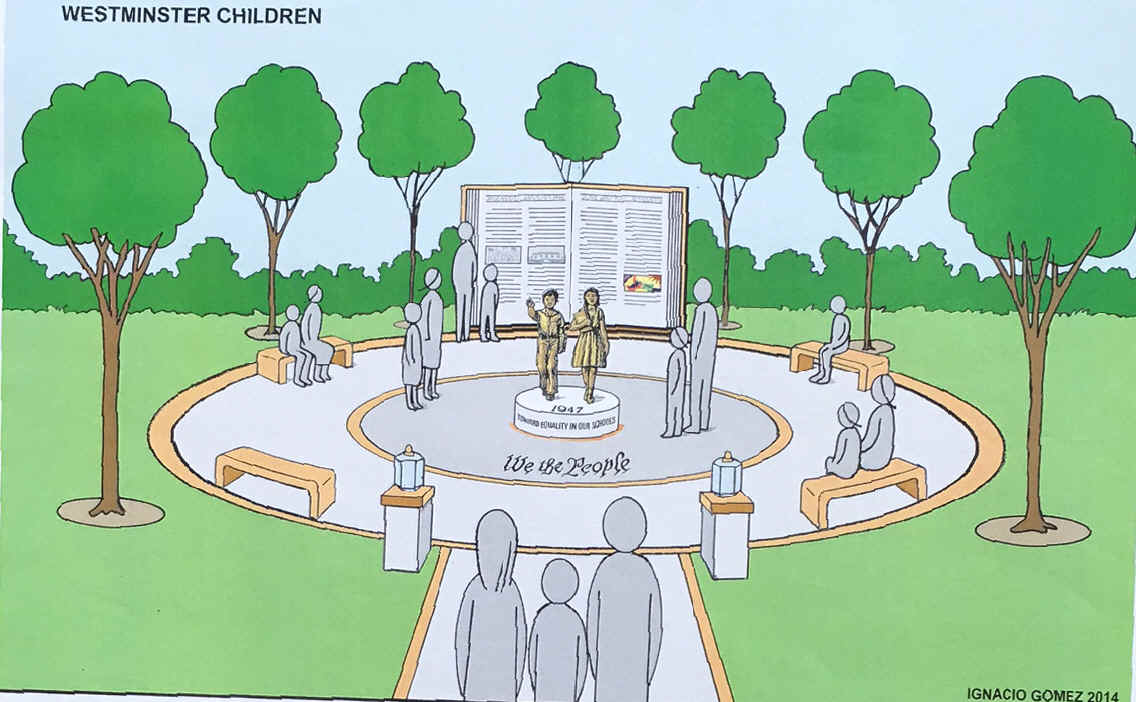


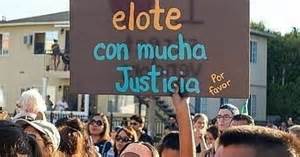
 SACRAMENTO,
CALIF., (Aug. 15, 2017) - Benjamin Ramirez, most
recently known as "El Elotero" - the street
vendor who in mid-July defended his business on a Hollywood street
corner from racist and violent behavior - will personally deliver
his message for small business owners participating in the annual
convention of the California Hispanic Chamber of Commerce this month
in Sonoma County. "No hay que quedarnos callados. Hay que
defender nuestros derechos de vendedores ambulantes,"/"We
should not remain quiet. We should defend our rights as street
vendors," said Ramirez.
SACRAMENTO,
CALIF., (Aug. 15, 2017) - Benjamin Ramirez, most
recently known as "El Elotero" - the street
vendor who in mid-July defended his business on a Hollywood street
corner from racist and violent behavior - will personally deliver
his message for small business owners participating in the annual
convention of the California Hispanic Chamber of Commerce this month
in Sonoma County. "No hay que quedarnos callados. Hay que
defender nuestros derechos de vendedores ambulantes,"/"We
should not remain quiet. We should defend our rights as street
vendors," said Ramirez.
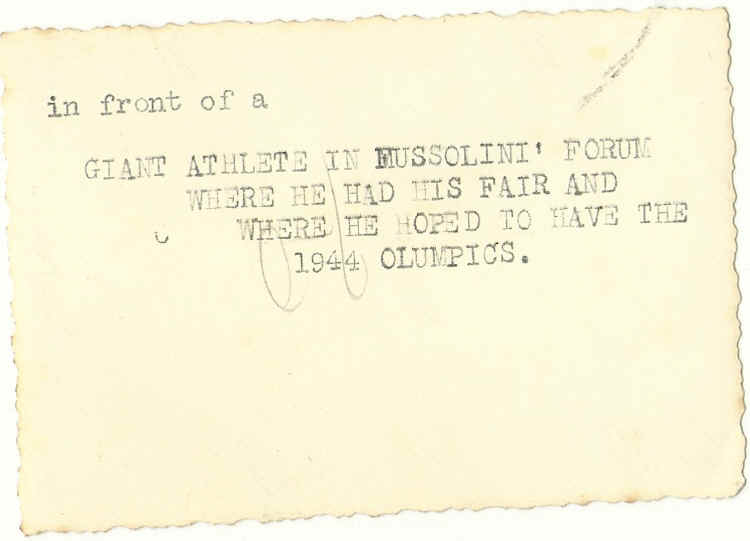
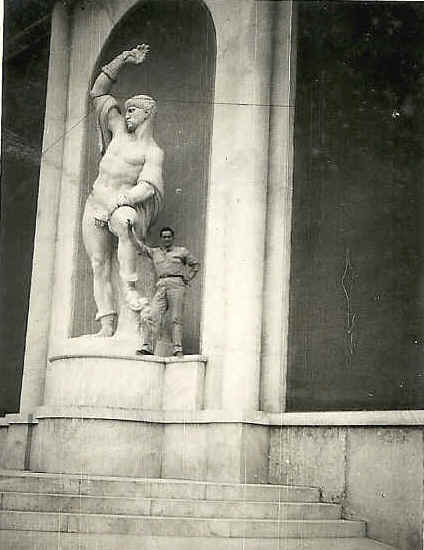 *
*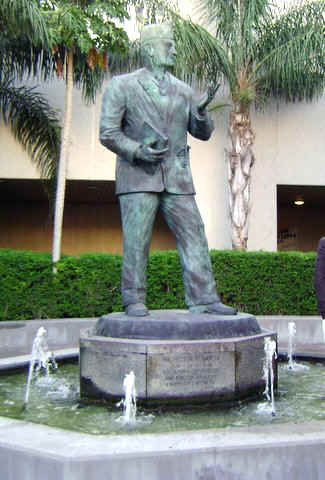
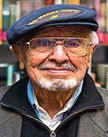


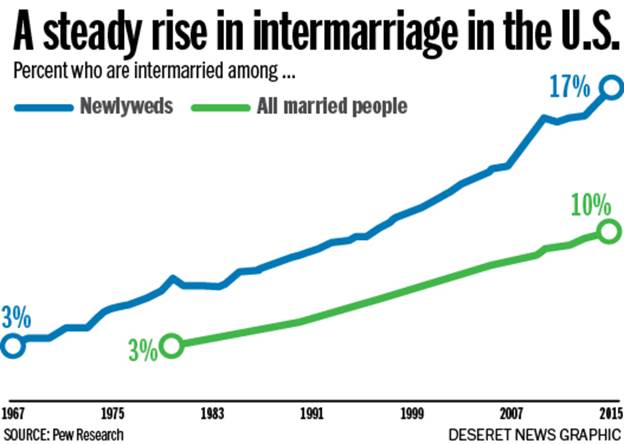
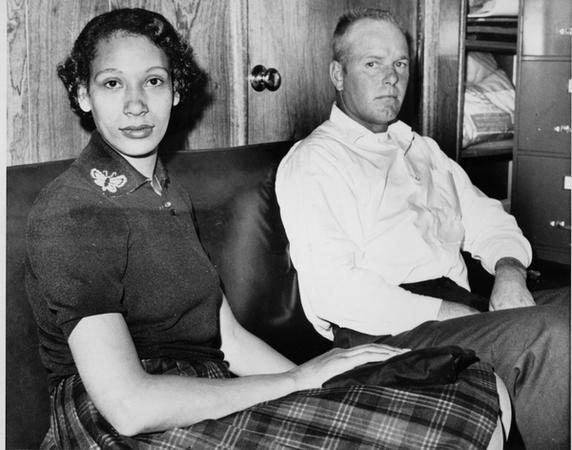
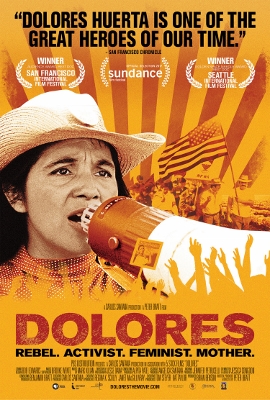
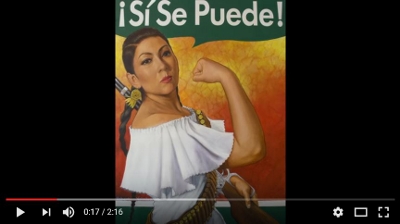

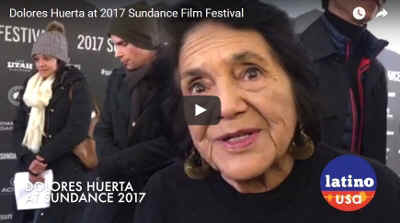
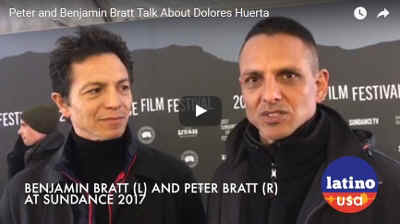
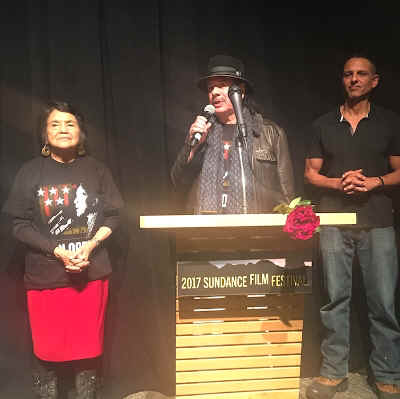
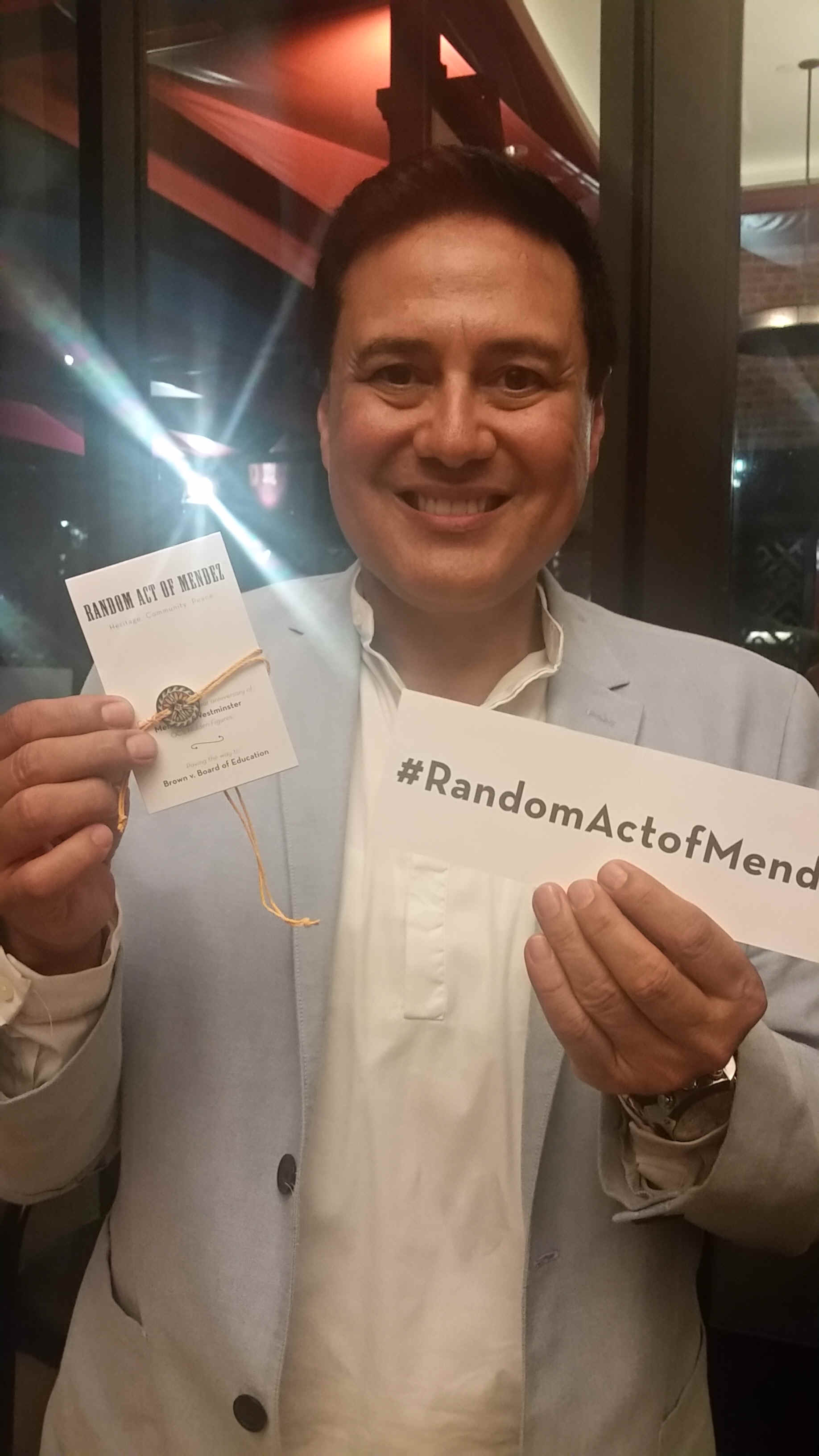
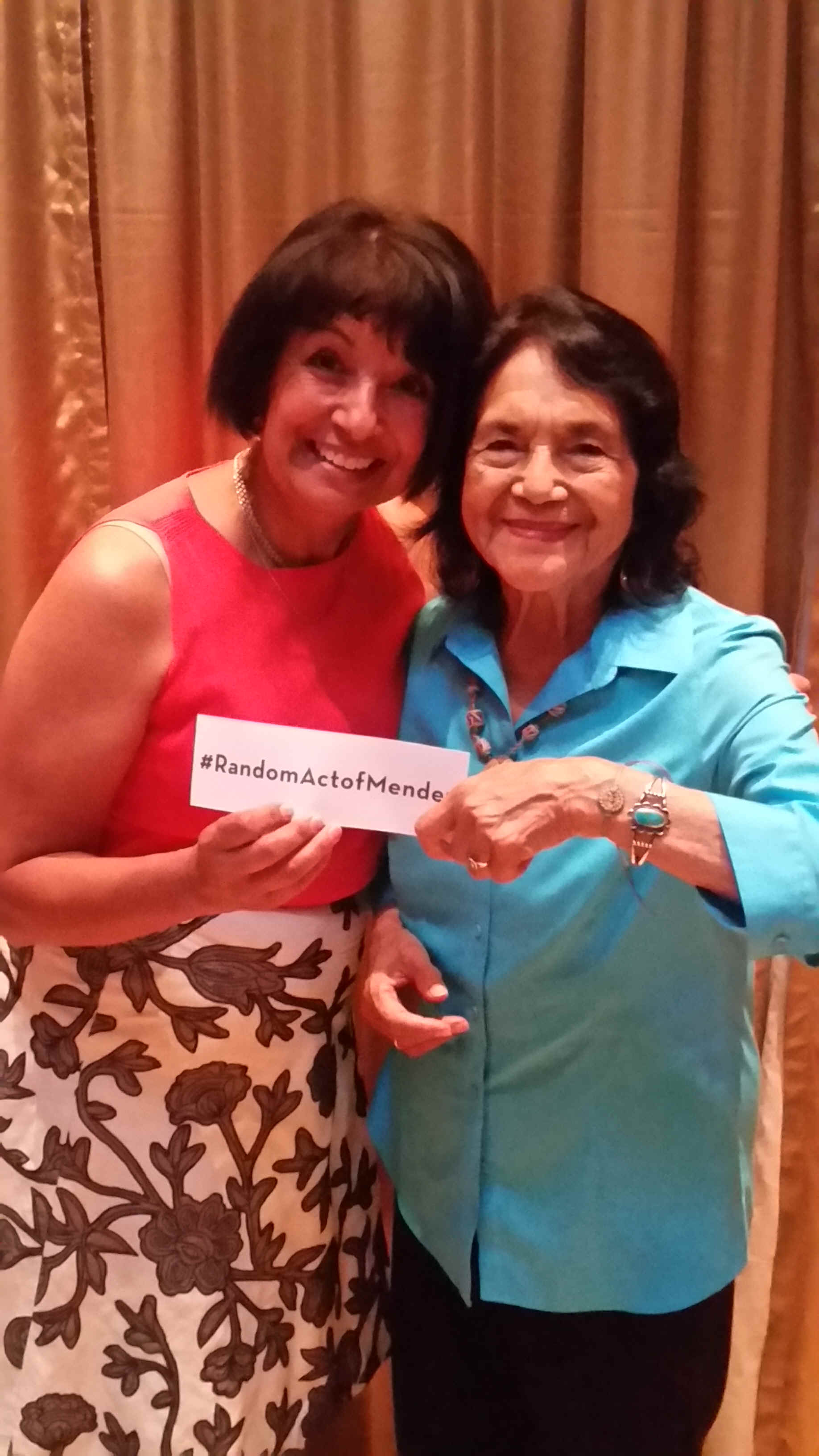
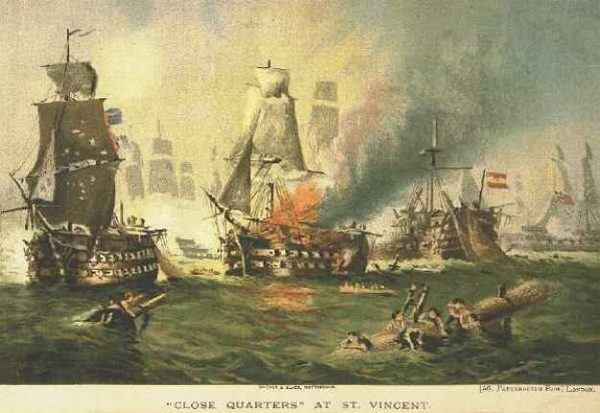
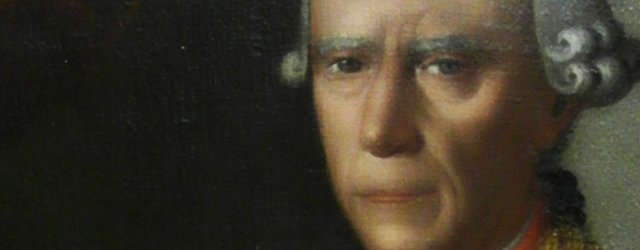
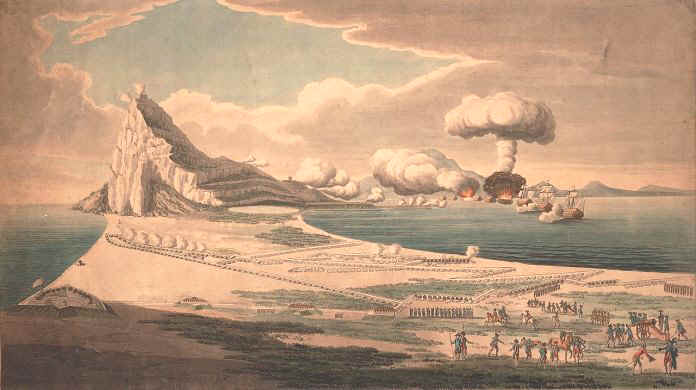
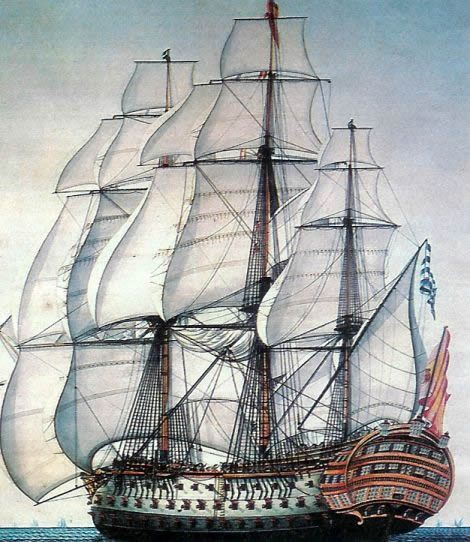
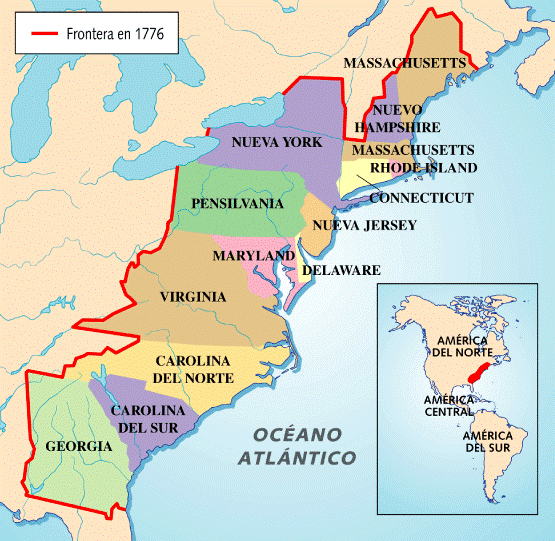
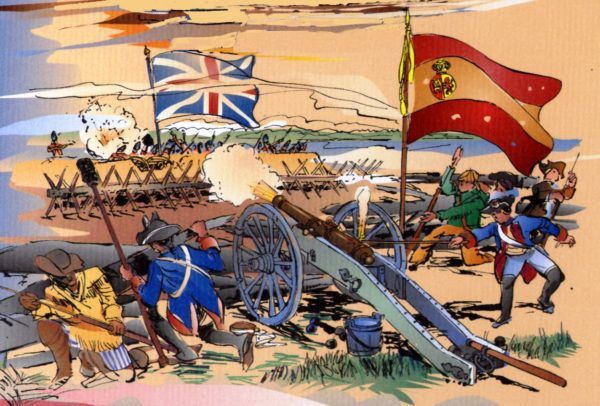
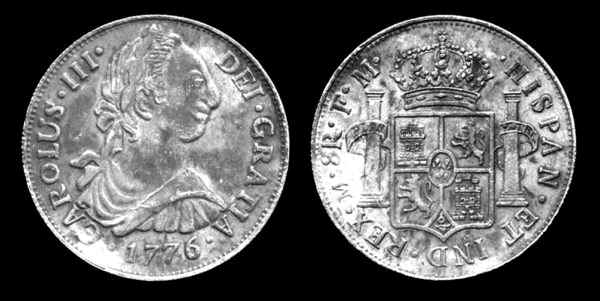
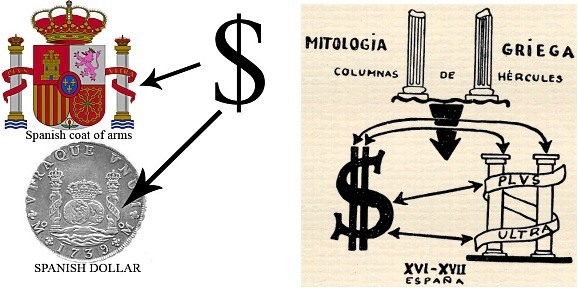
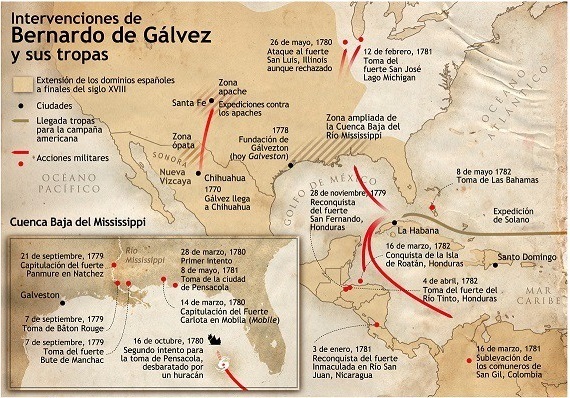
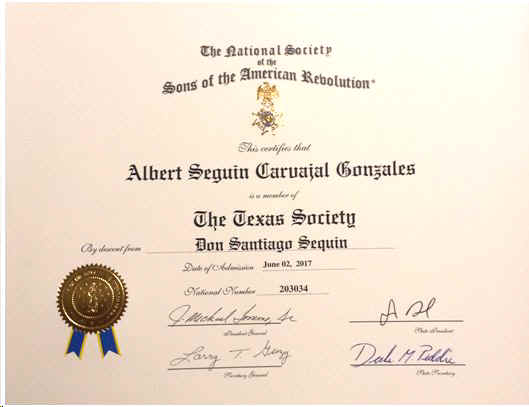
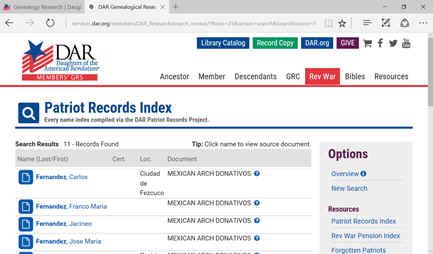
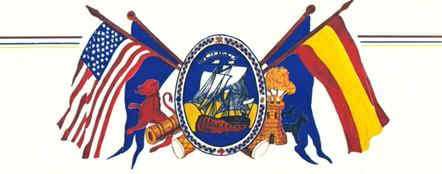
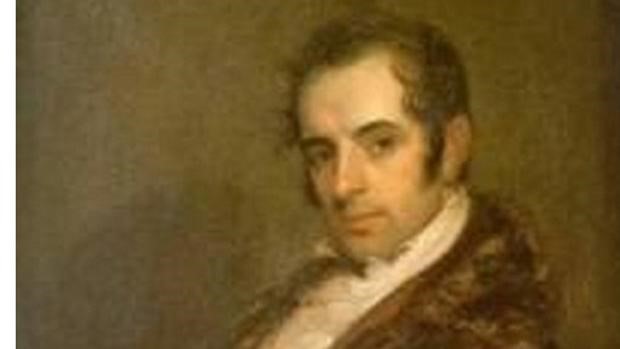
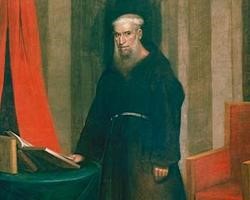
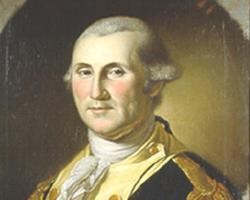
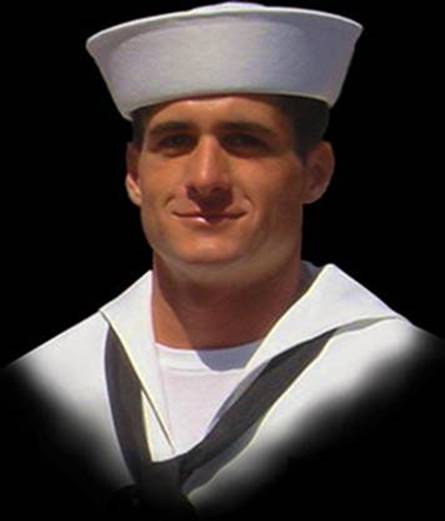
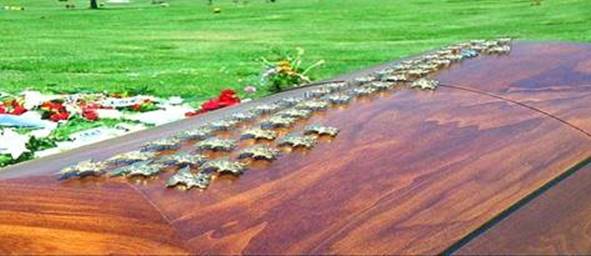

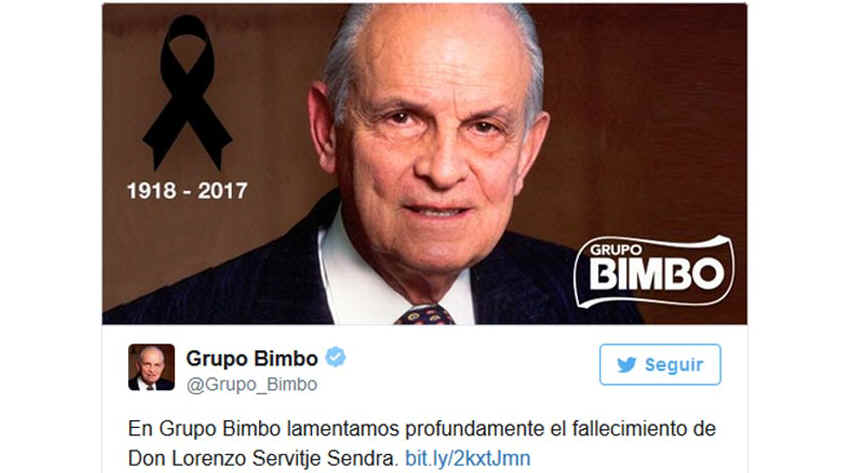
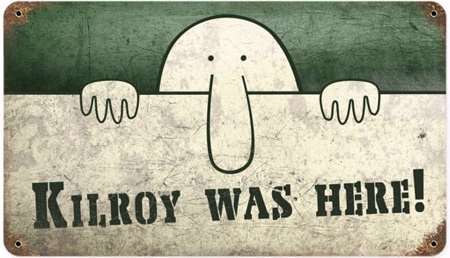


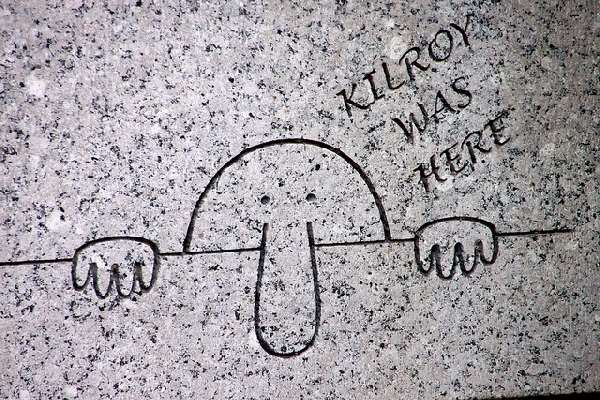
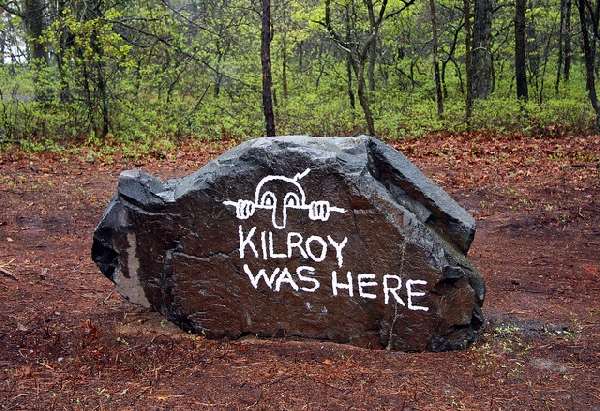

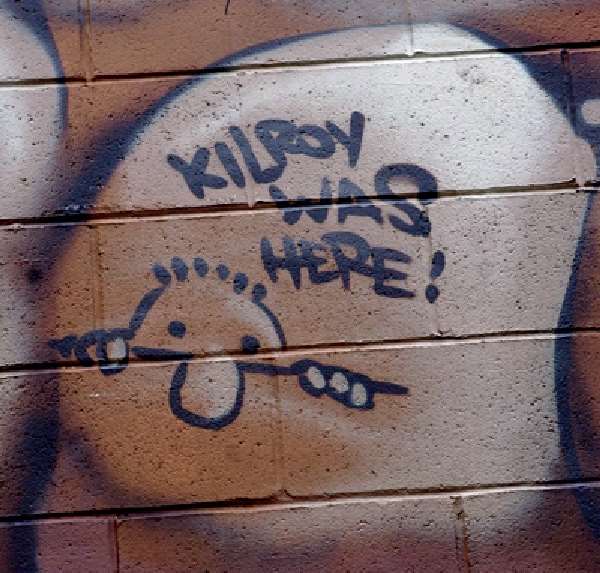
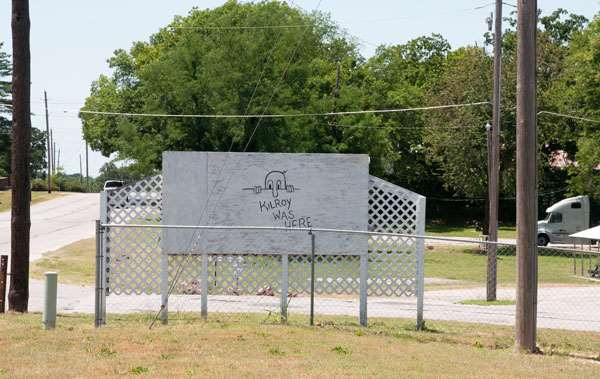

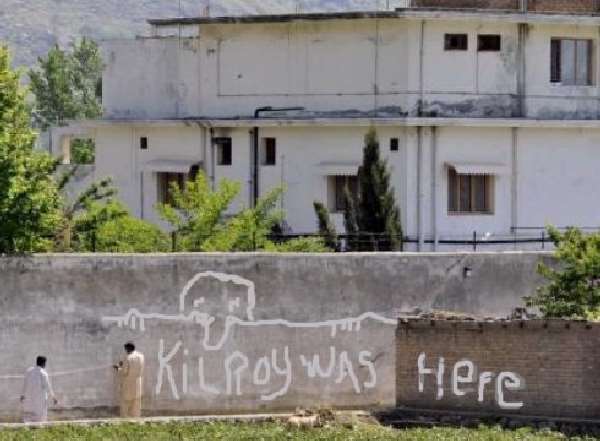

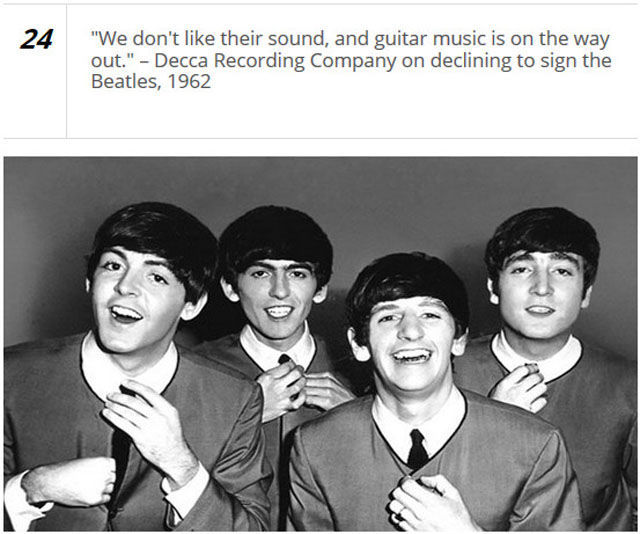
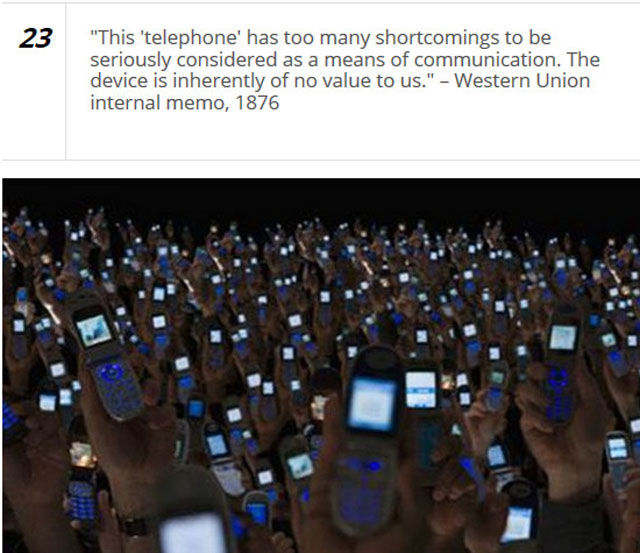
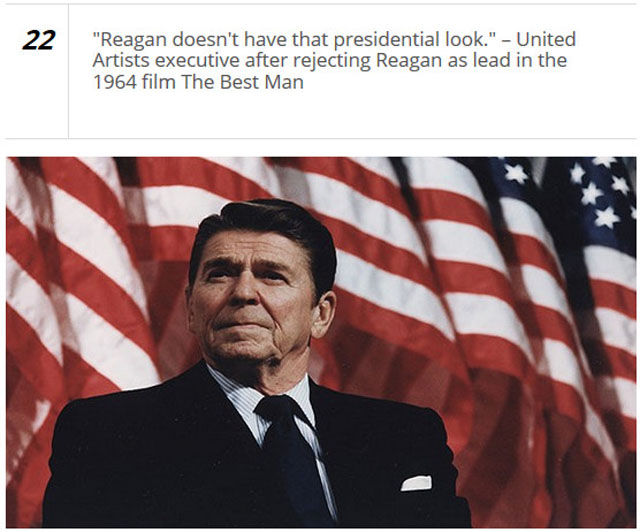


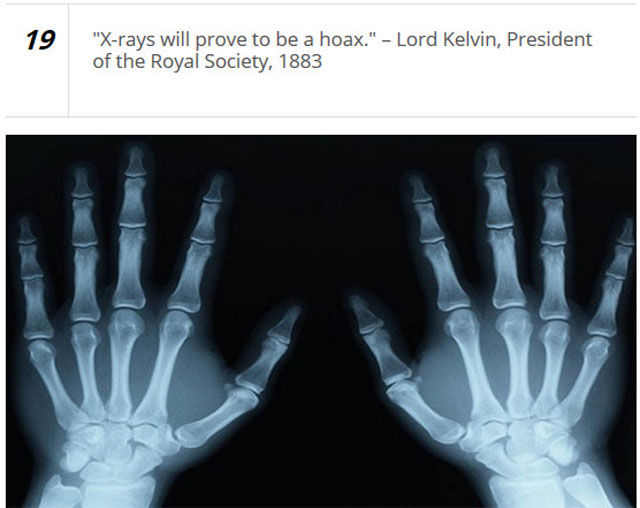
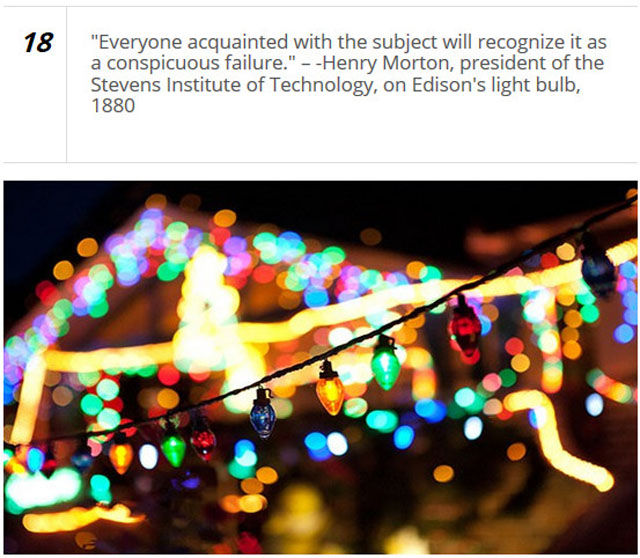
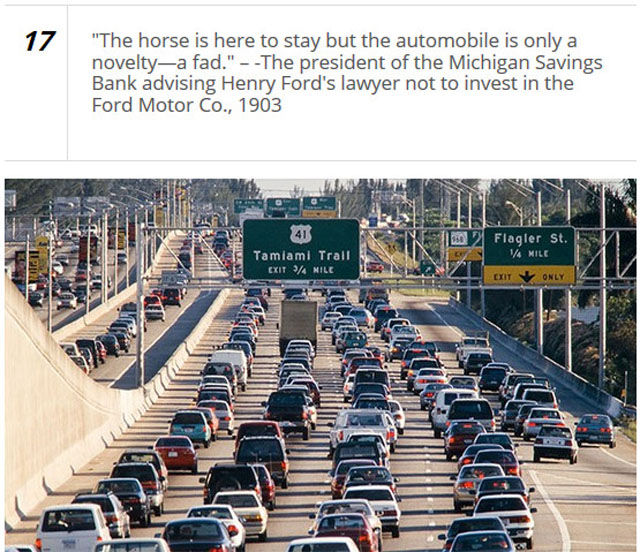



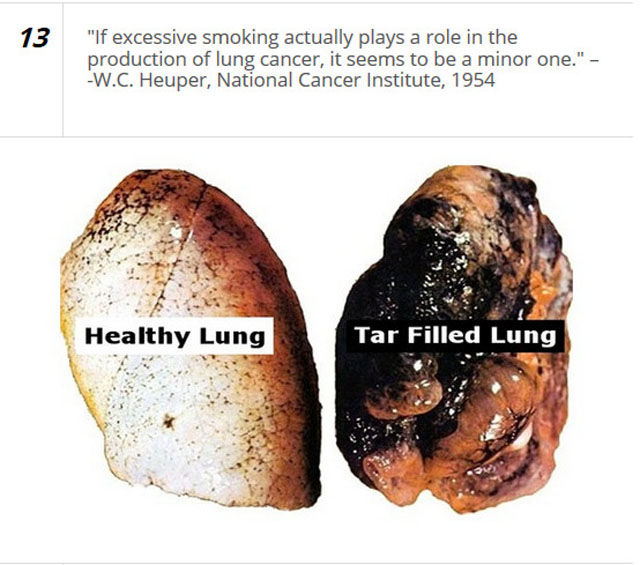
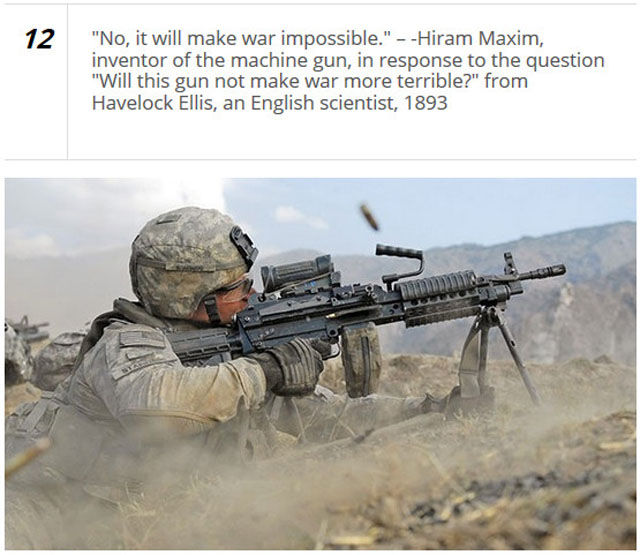


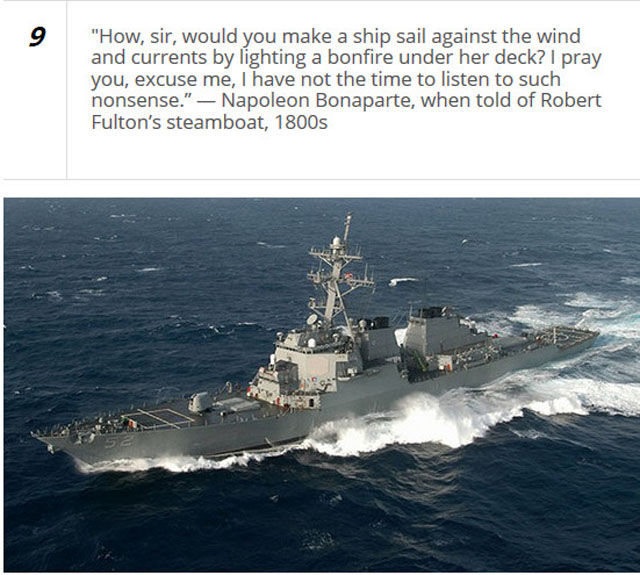
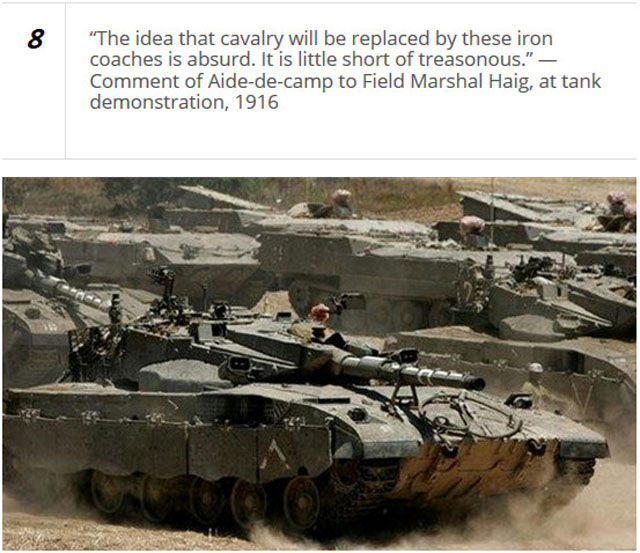


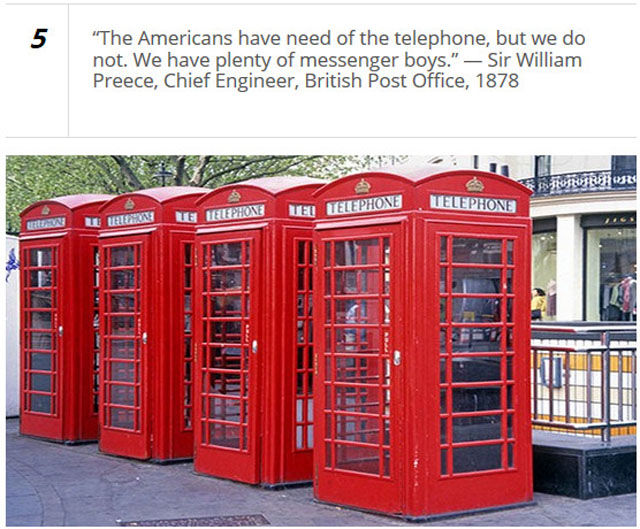

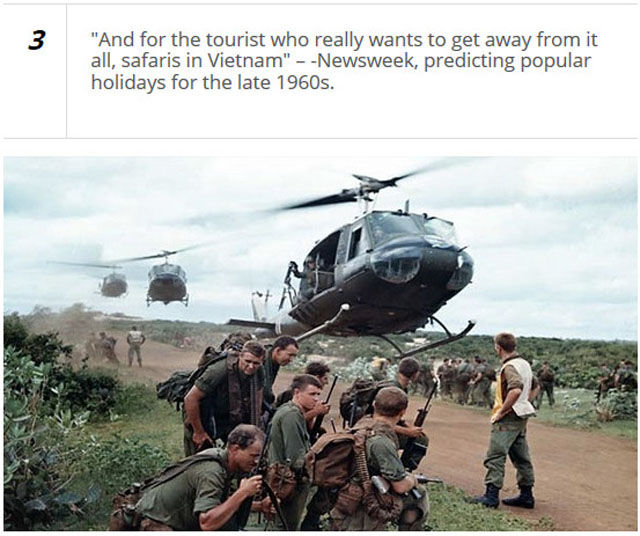
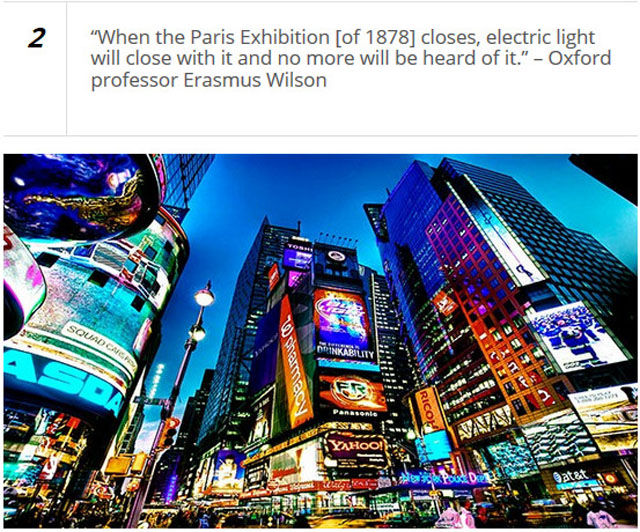
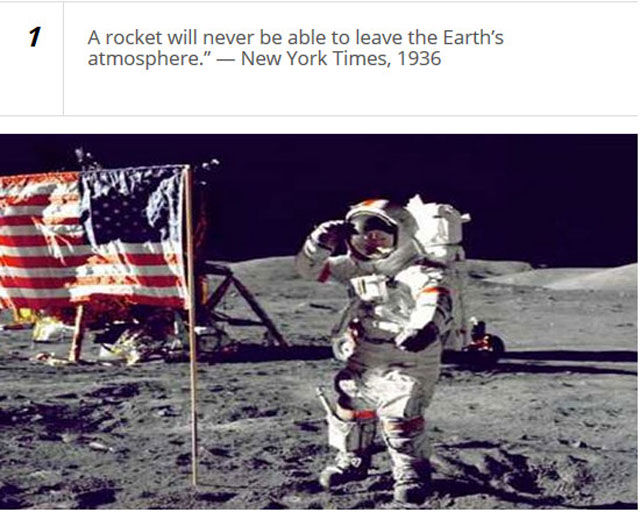

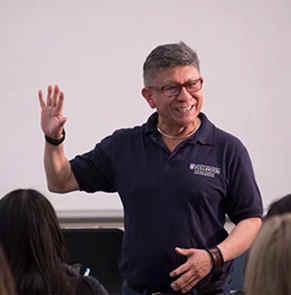



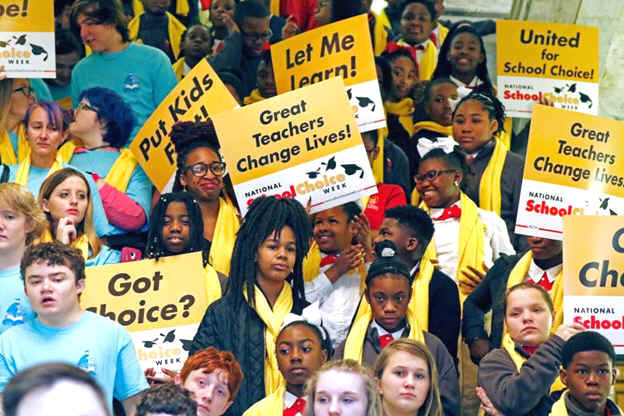
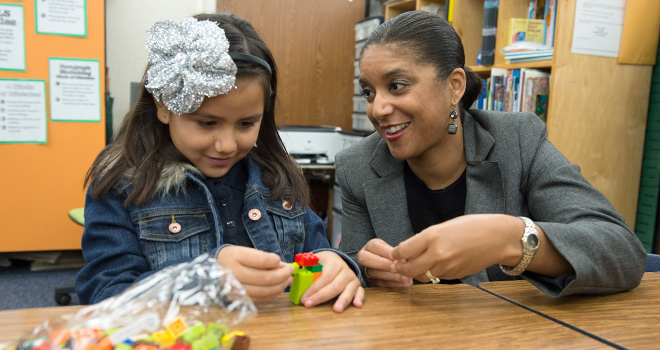
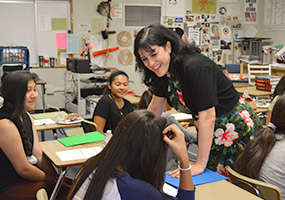 Gabriela Mafia ME 00, EdD 02 has been superintendent of Garden Grove Unified since 2013. Photo courtesy of Garden Grove Unified School District.
Gabriela Mafia ME 00, EdD 02 has been superintendent of Garden Grove Unified since 2013. Photo courtesy of Garden Grove Unified School District. Michelle King EdD 17 became superintendent last year at LA Unified. Photo courtesy of Los Angeles Unified School District.
Michelle King EdD 17 became superintendent last year at LA Unified. Photo courtesy of Los Angeles Unified School District.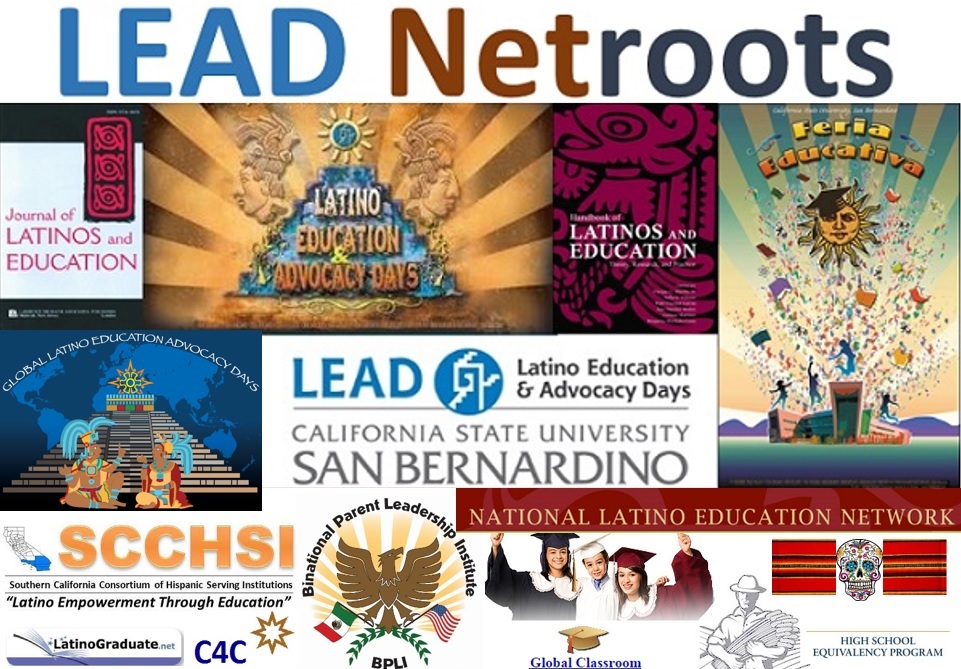
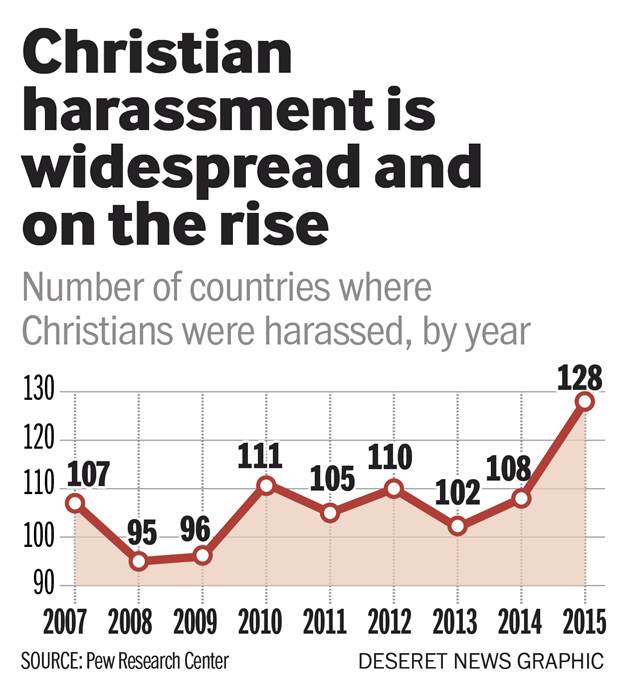
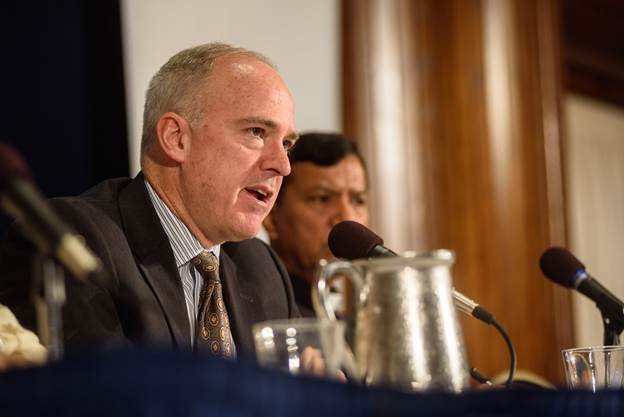
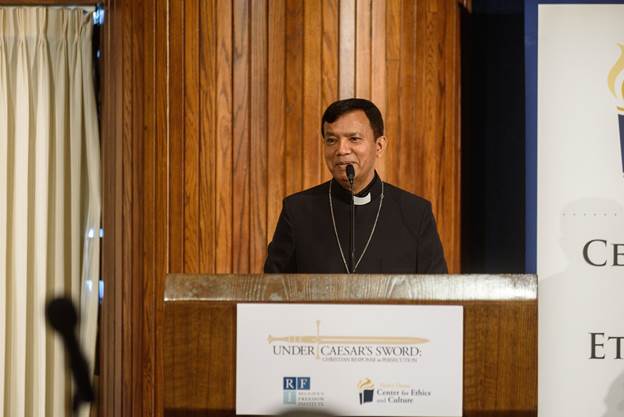
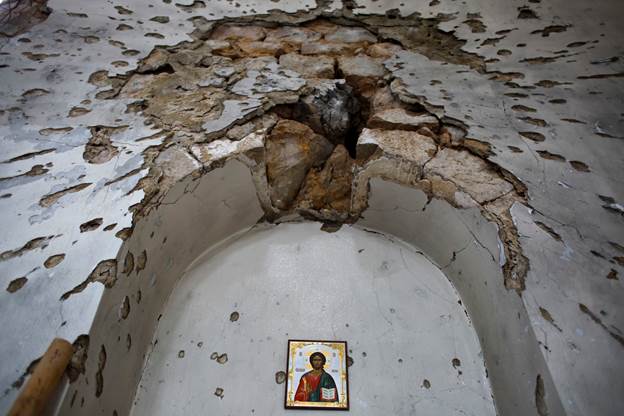
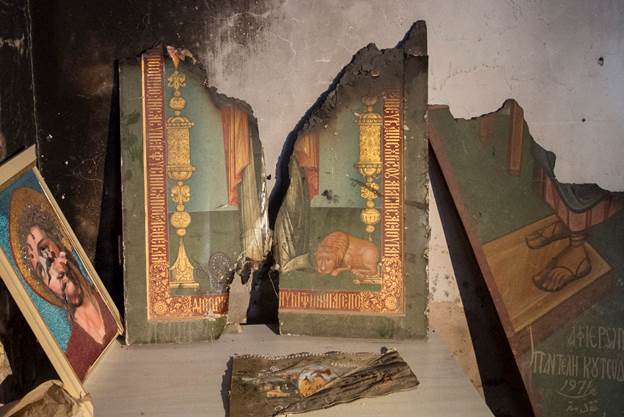
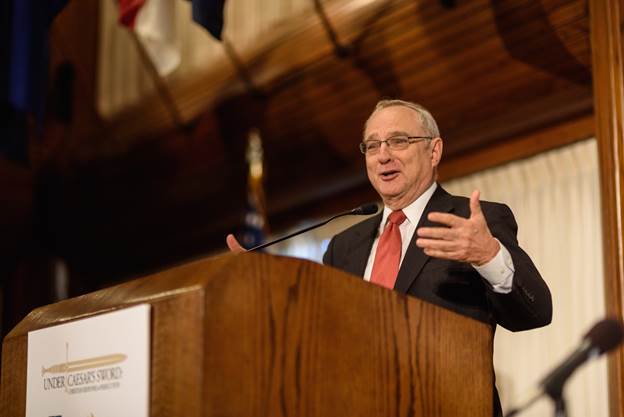
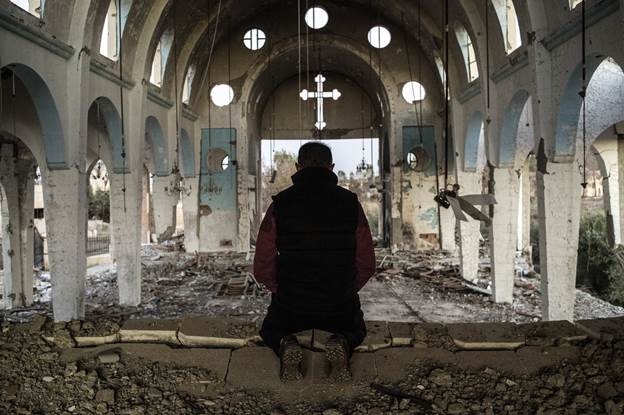
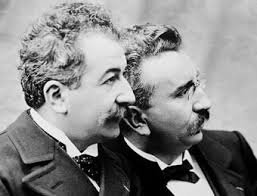
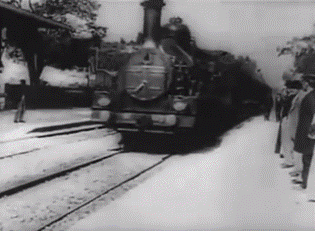
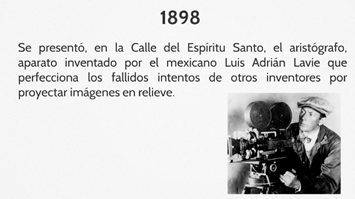








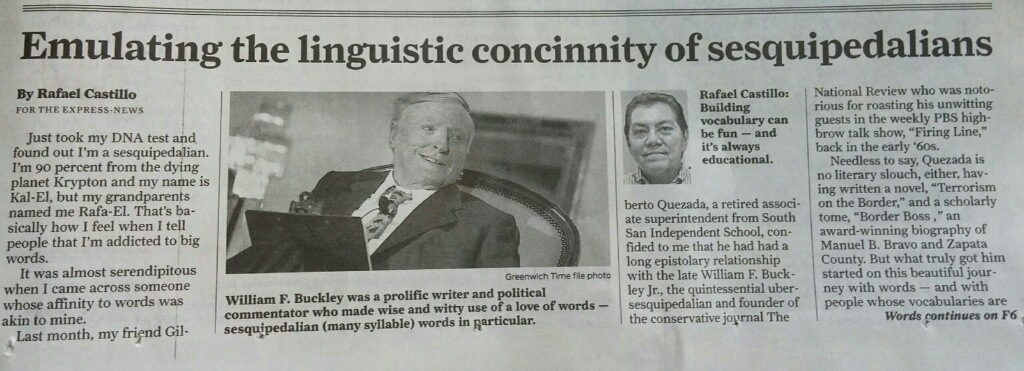
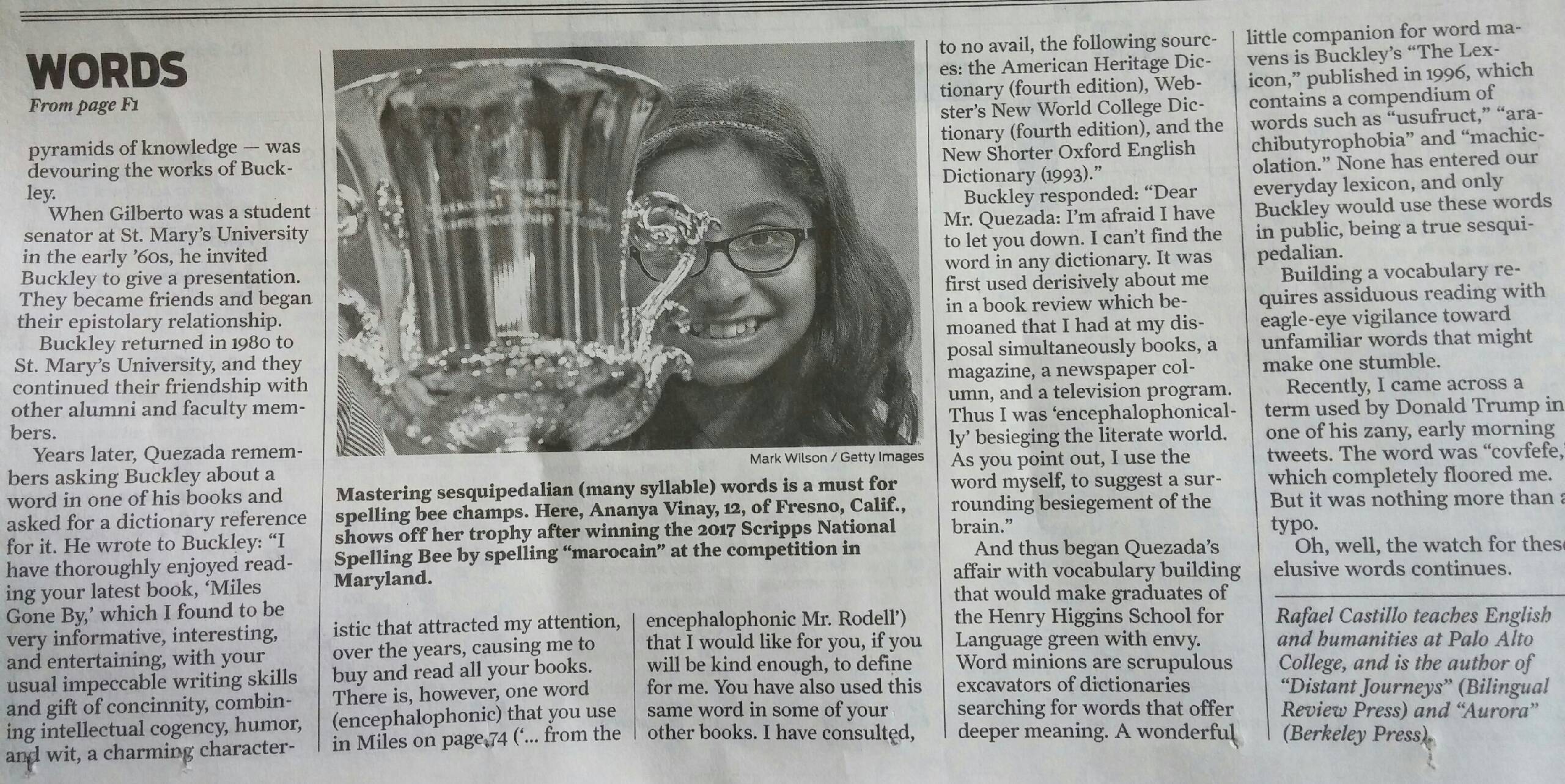
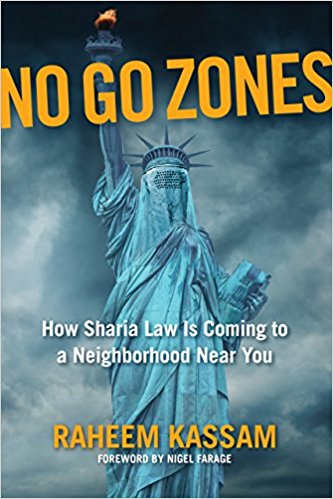
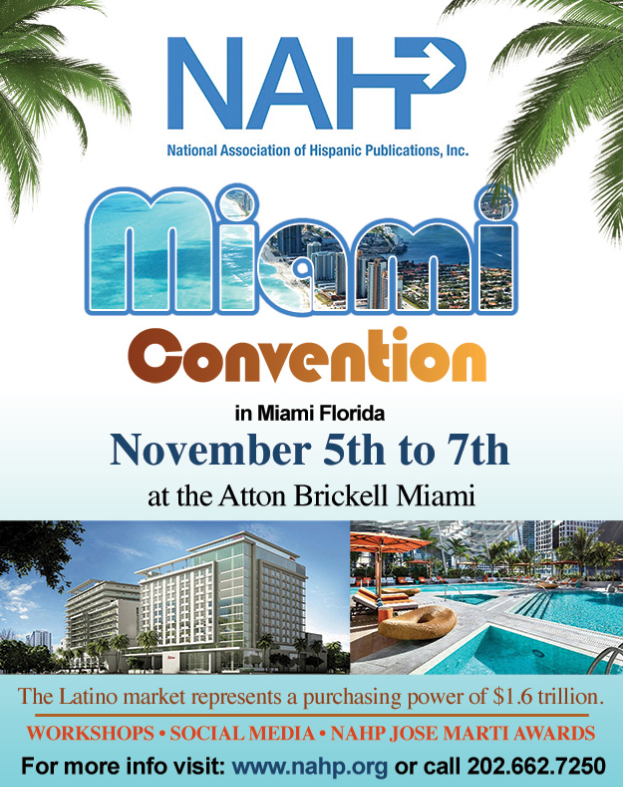





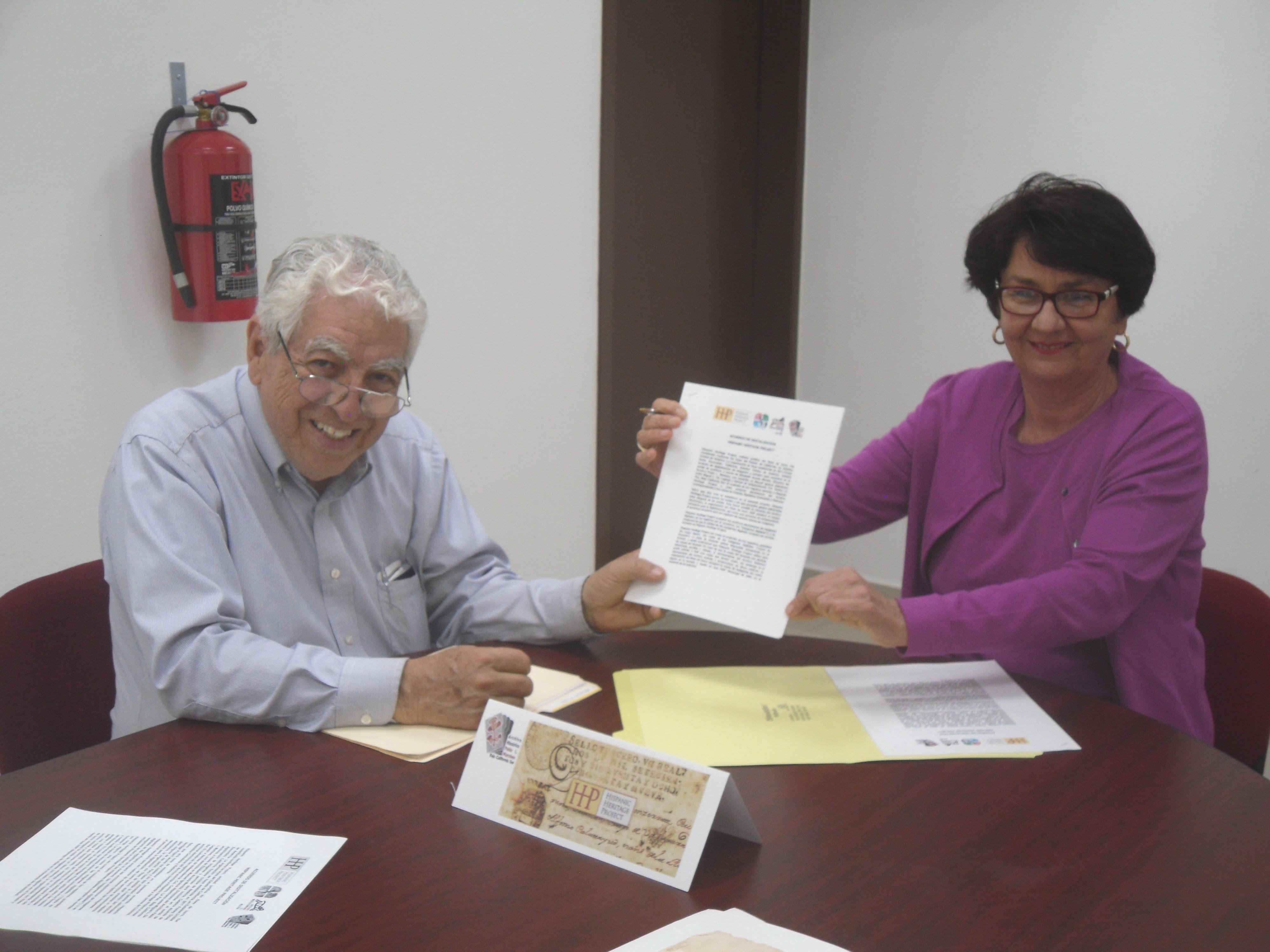 The recent July issue of Somos Primos includes an article describing
the activities of Yturralde's Hispanic Heritage Project in Mexico.
The recent July issue of Somos Primos includes an article describing
the activities of Yturralde's Hispanic Heritage Project in Mexico. 
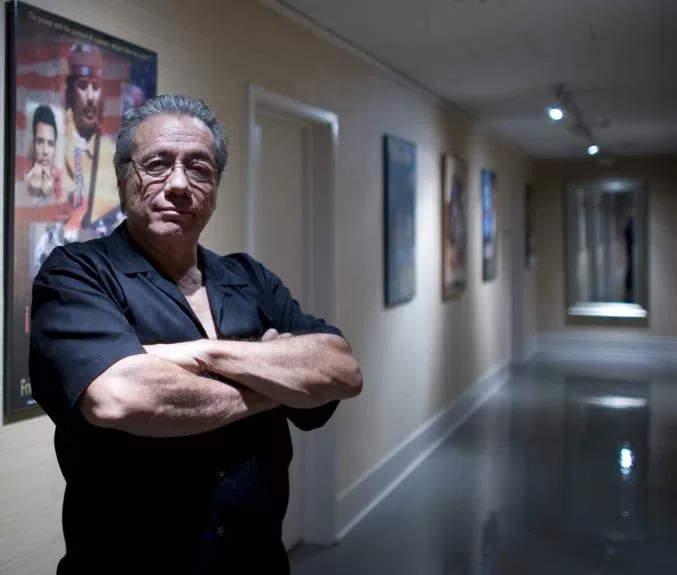



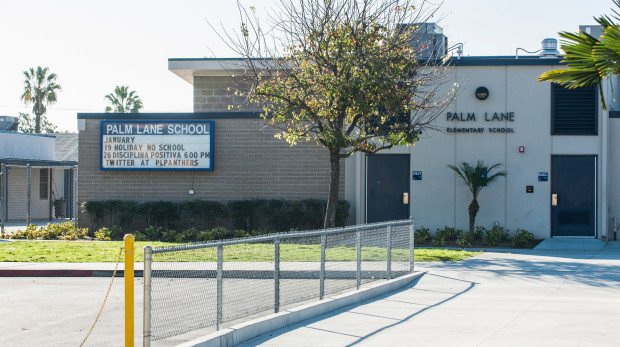

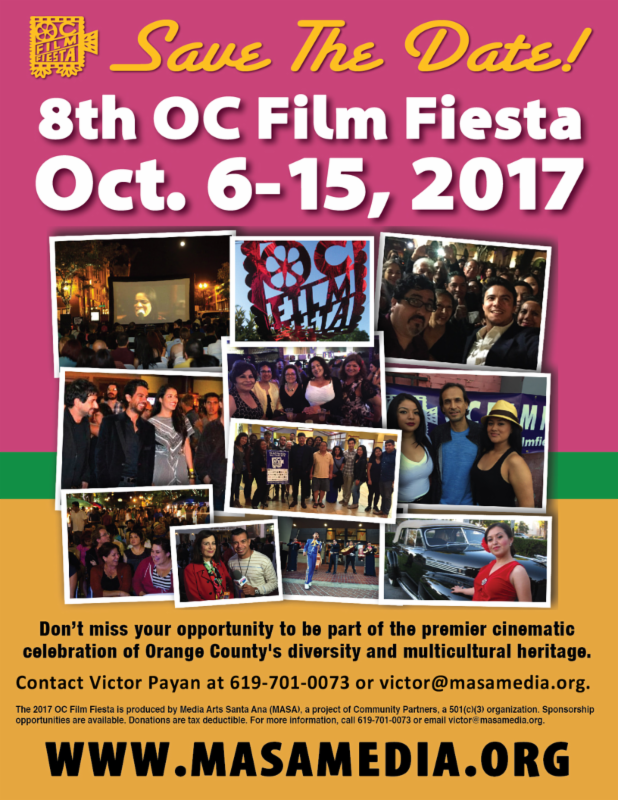
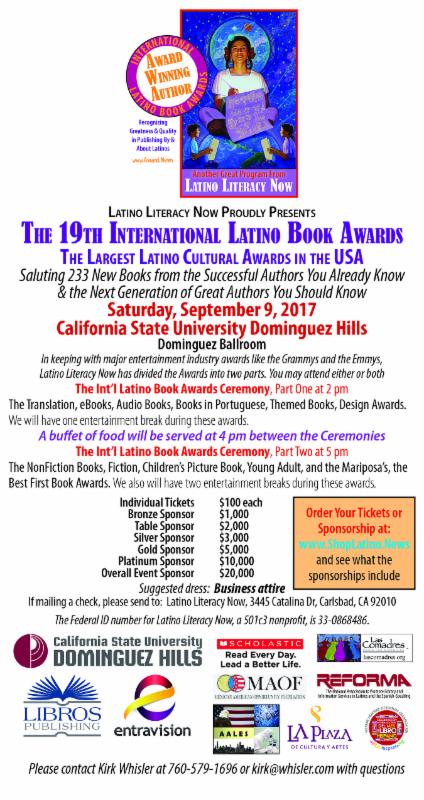

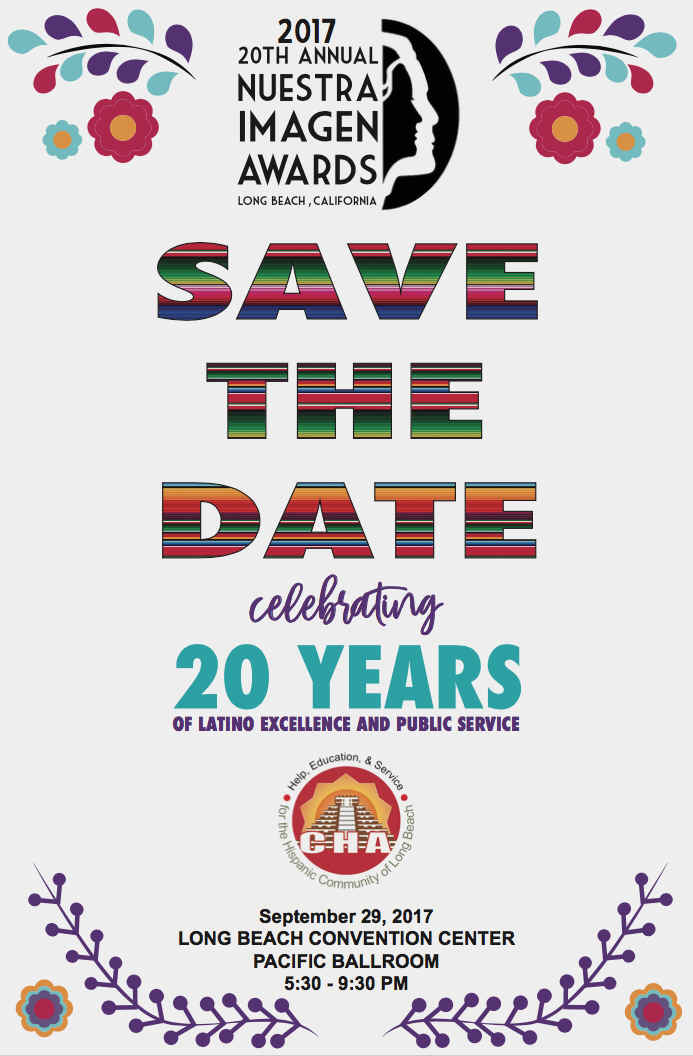
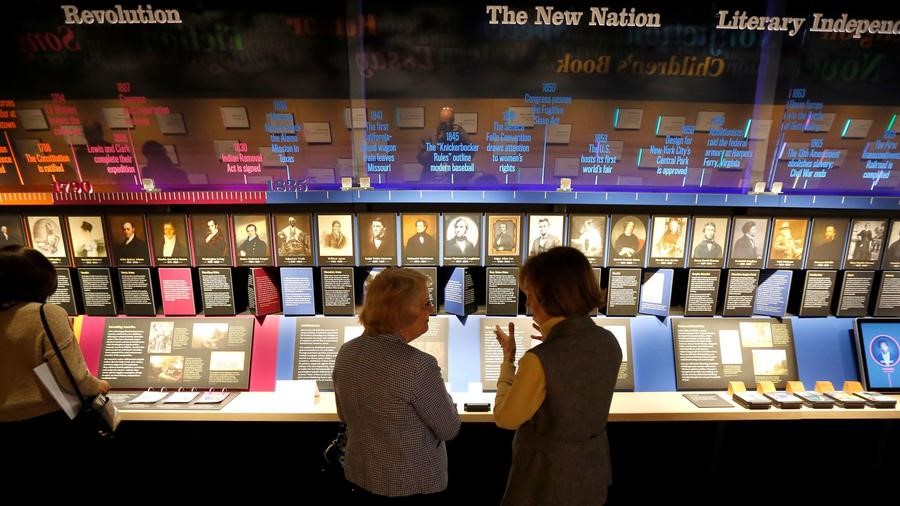
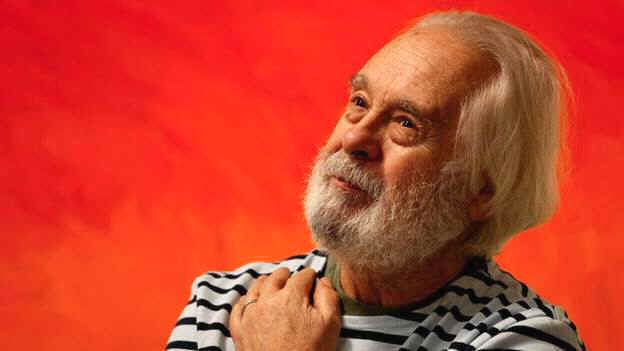
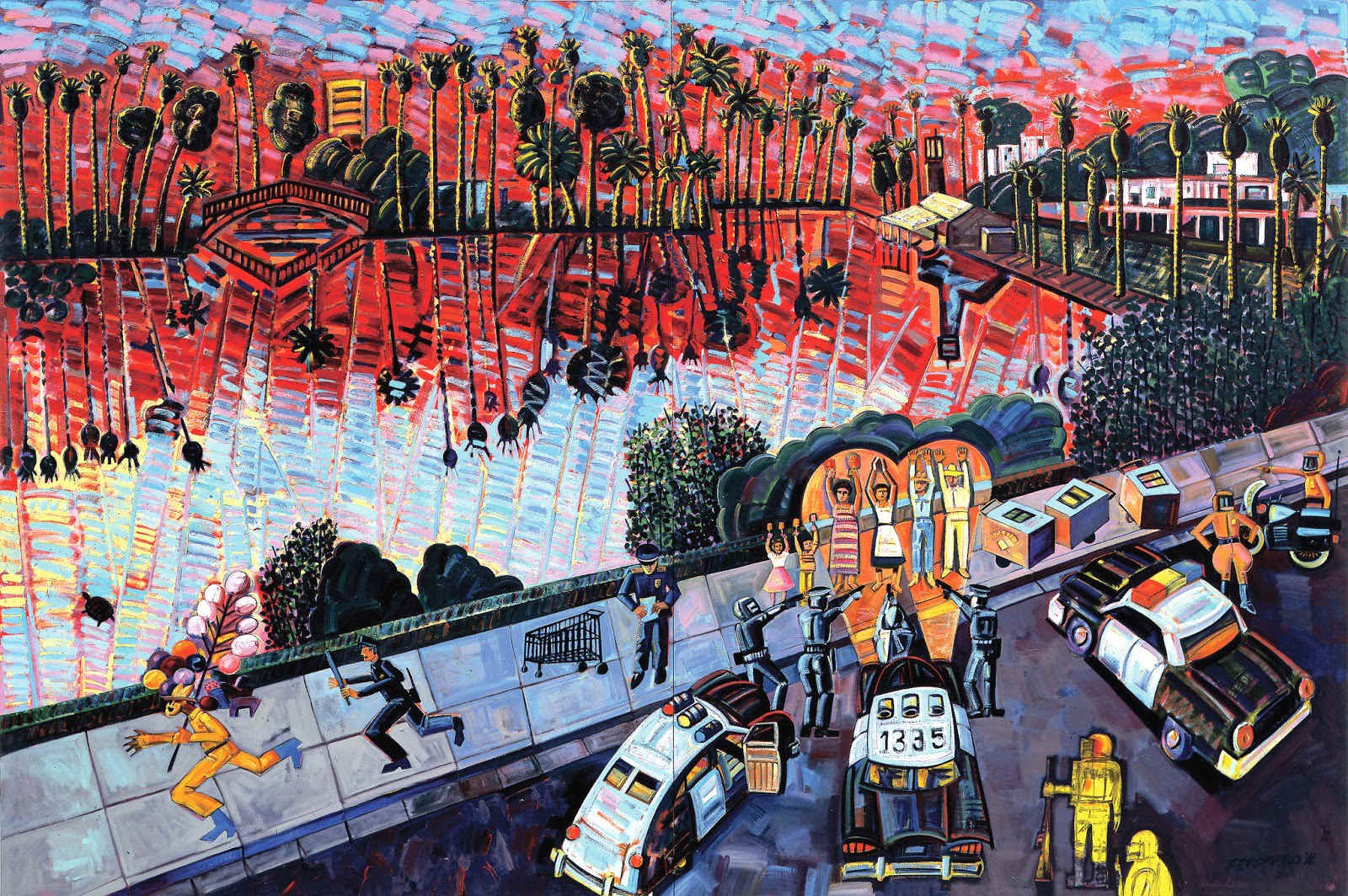


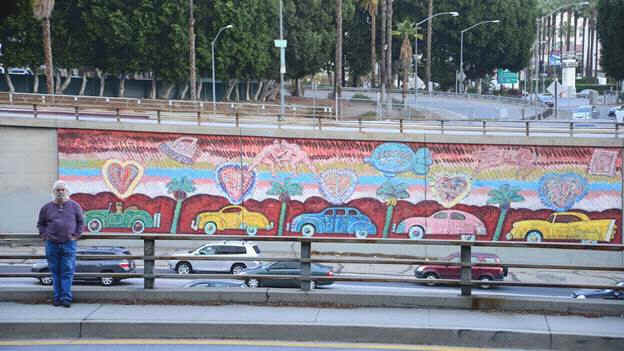
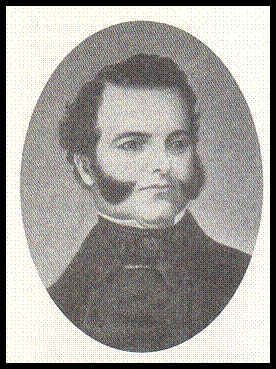
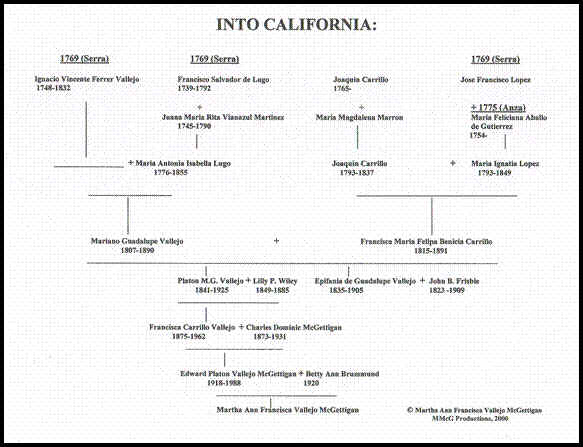
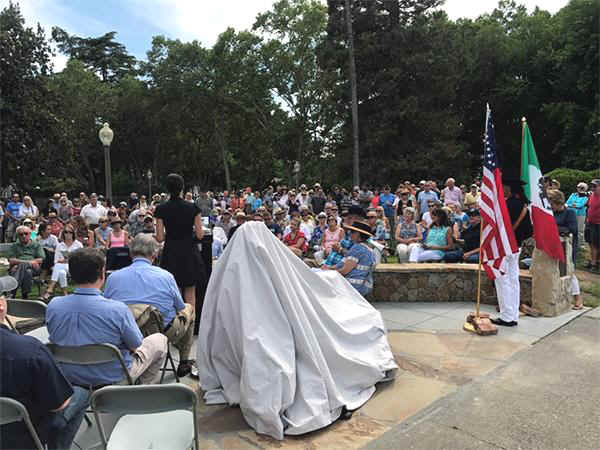
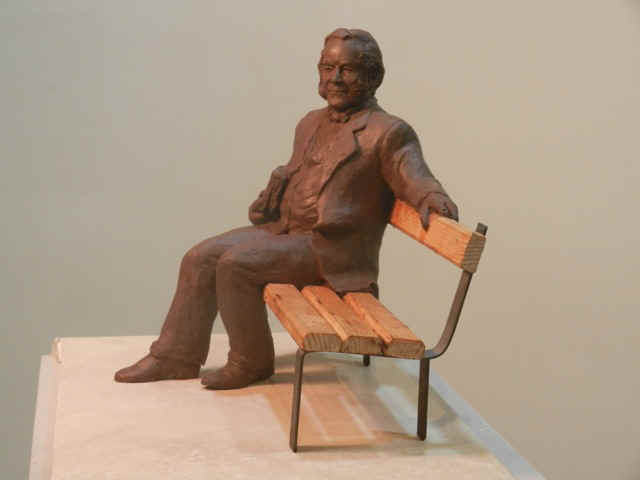
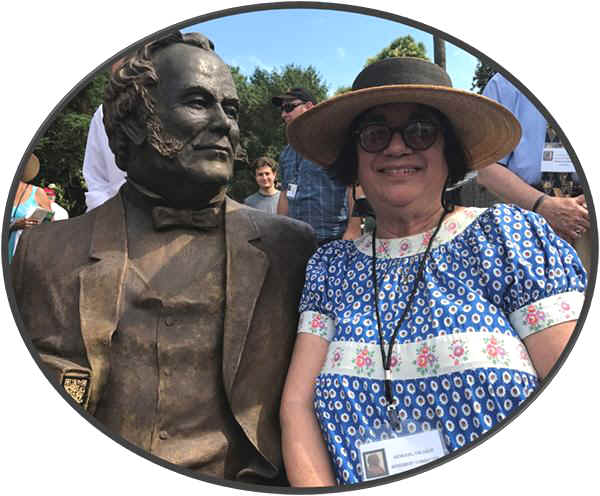
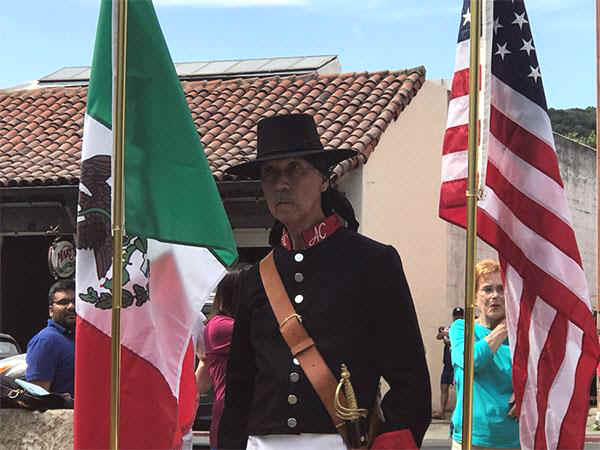
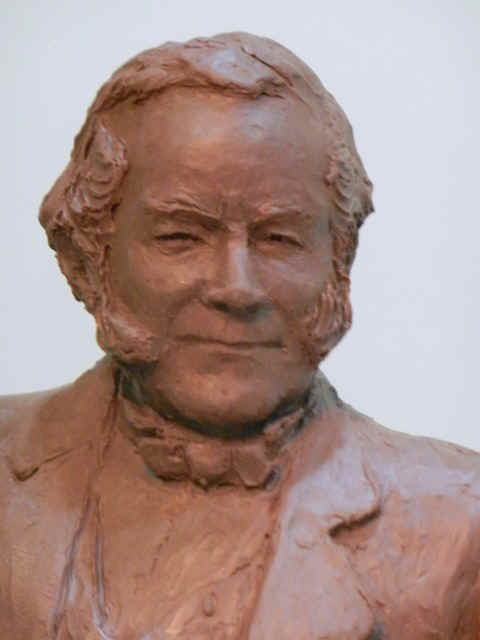
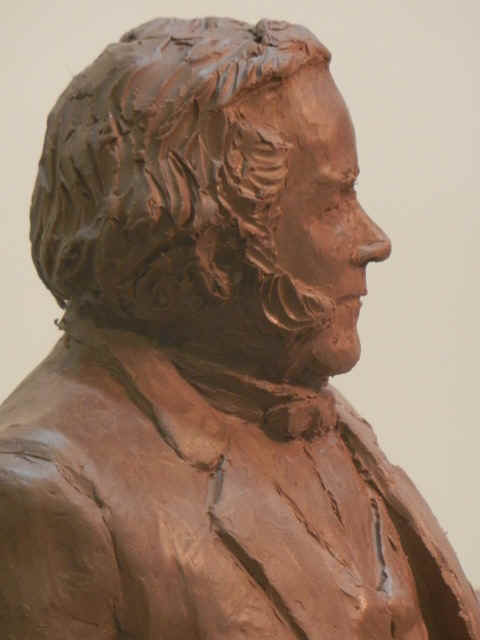
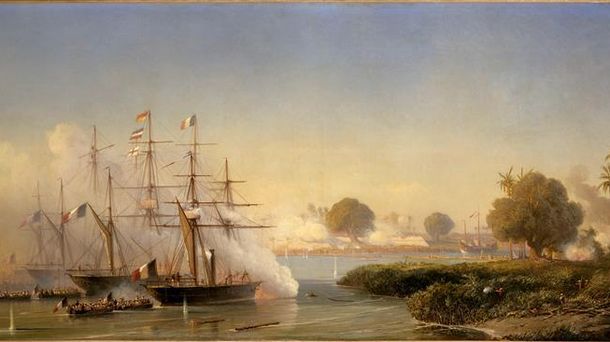


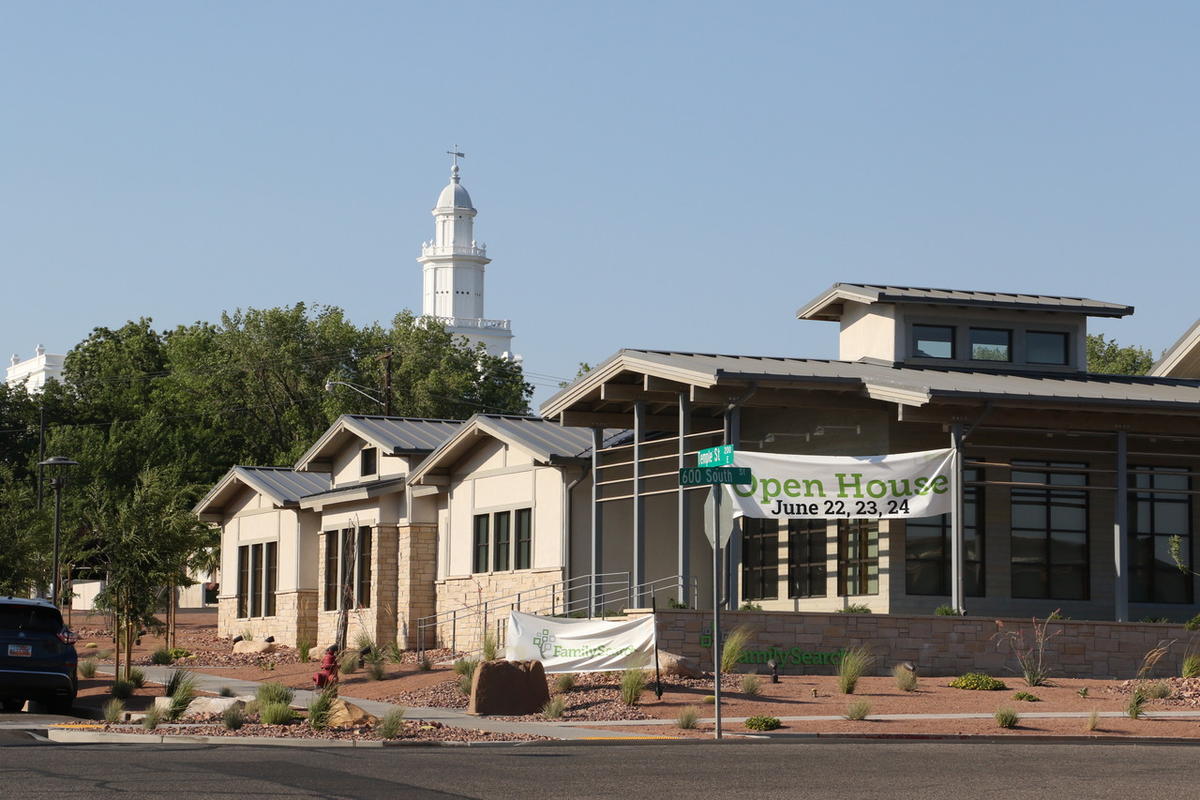
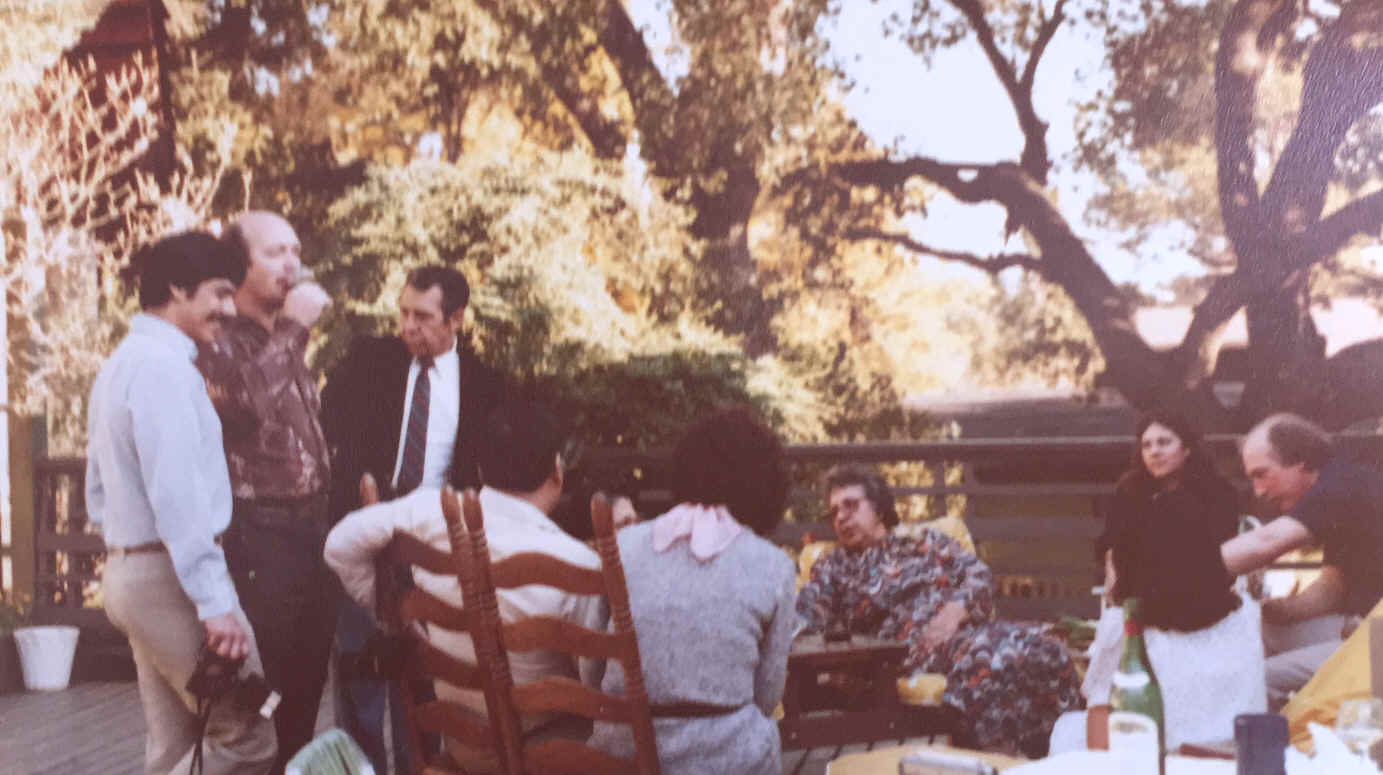
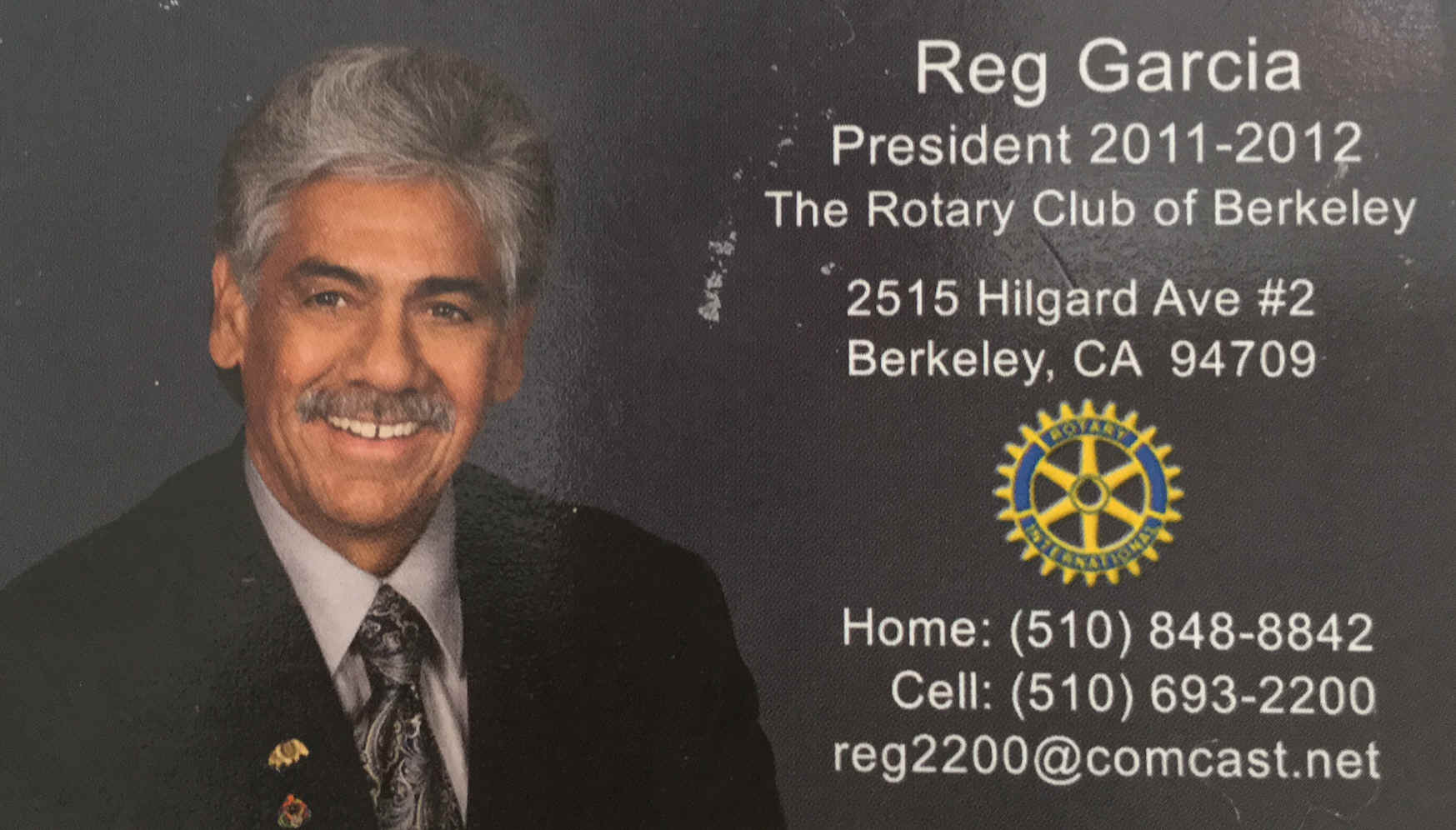

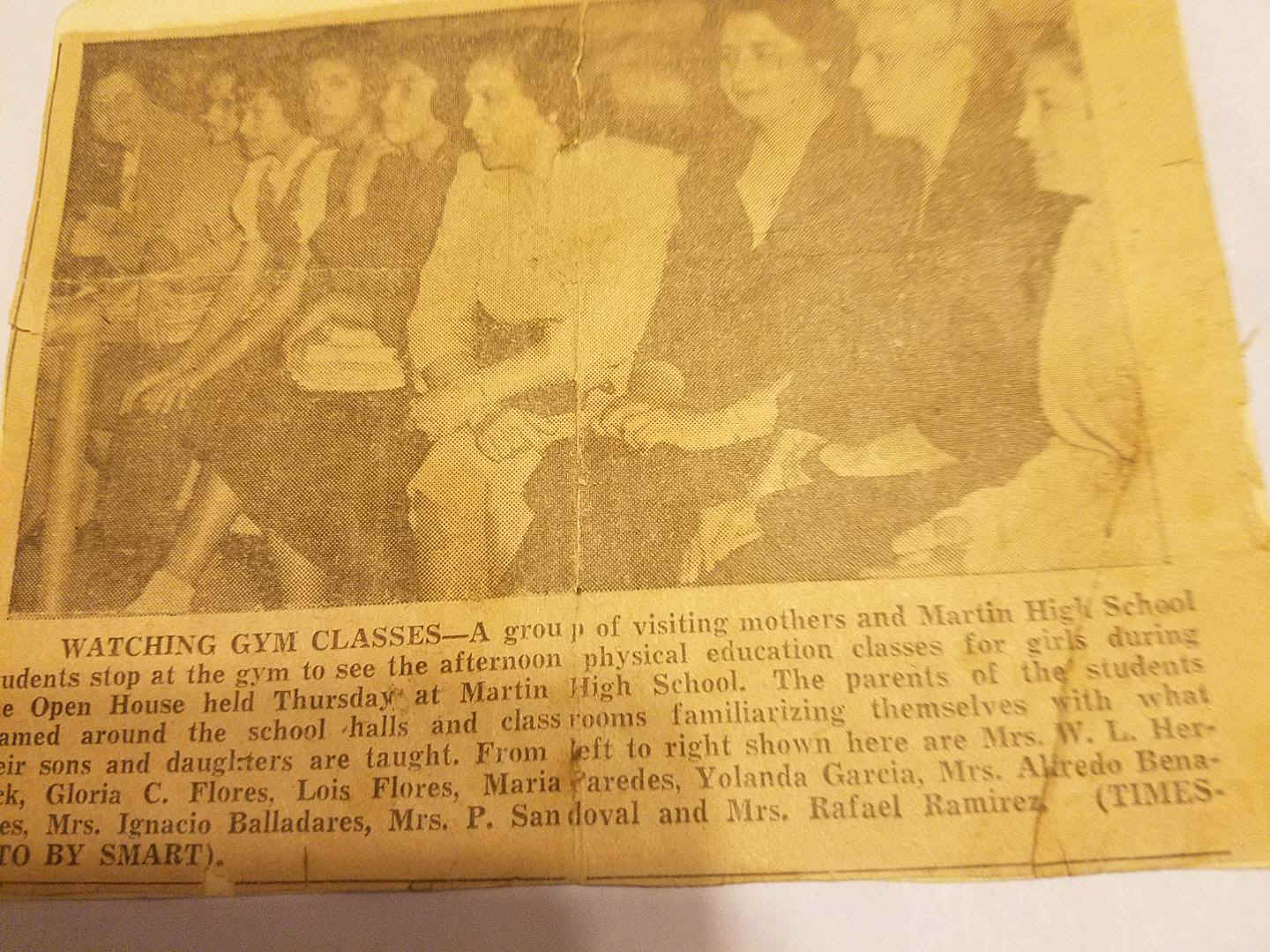

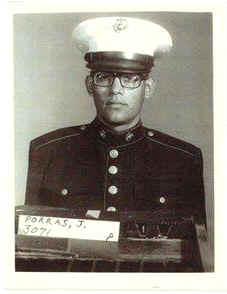
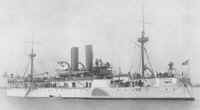 The Battleship Maine
The Battleship Maine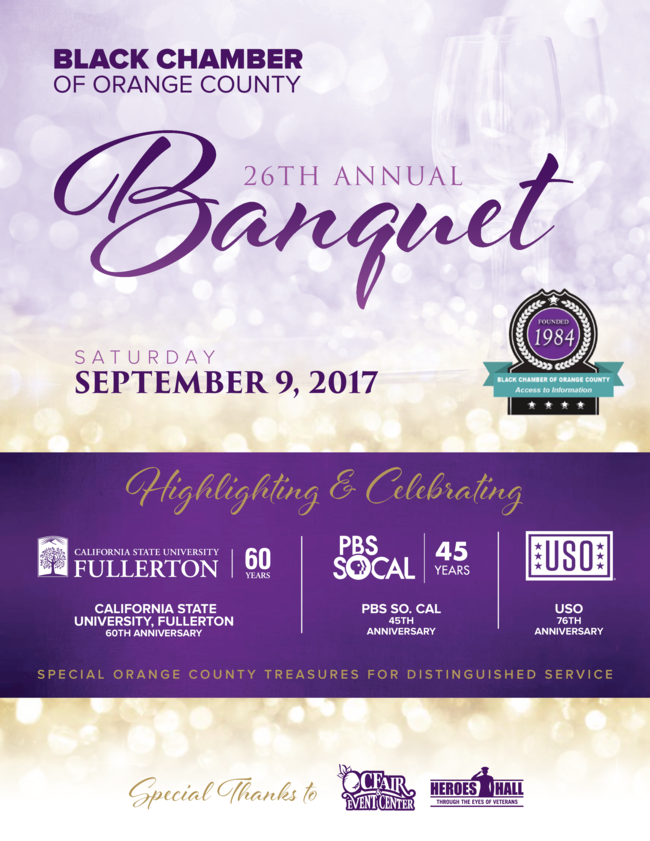
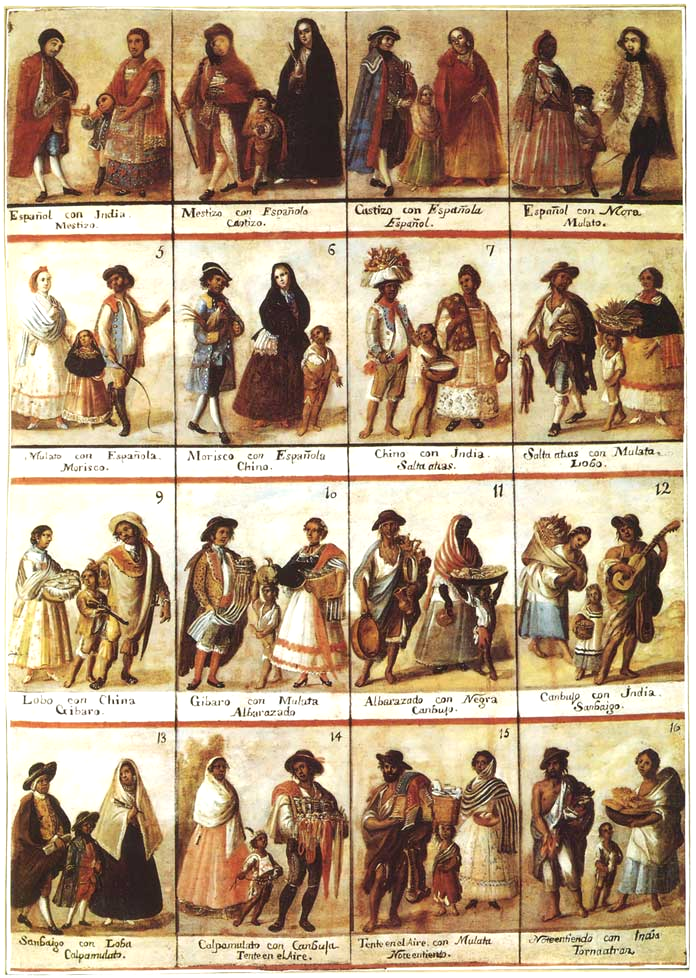

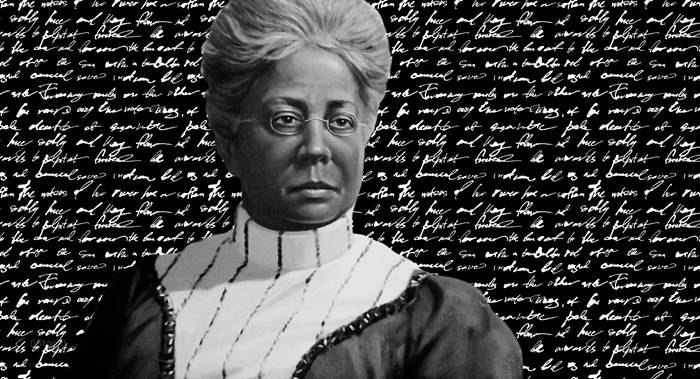
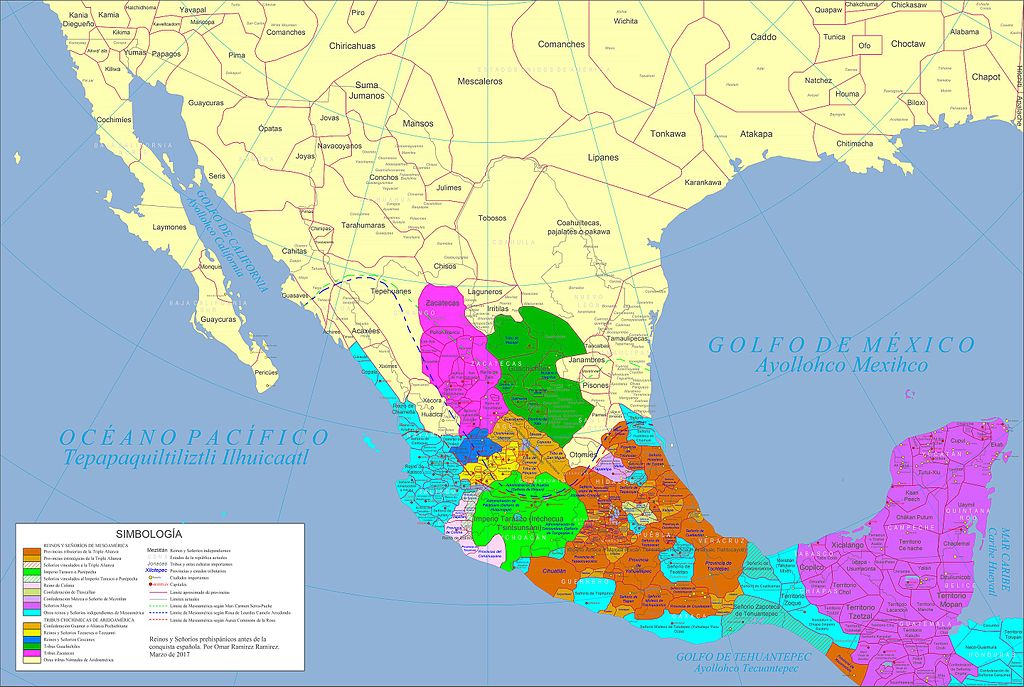
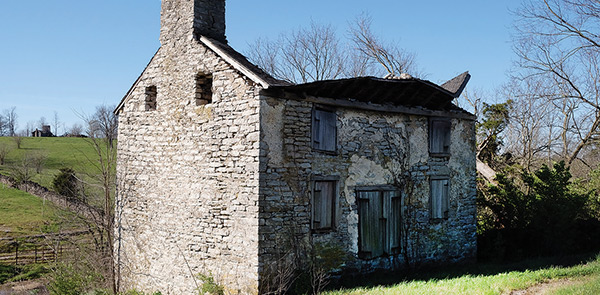




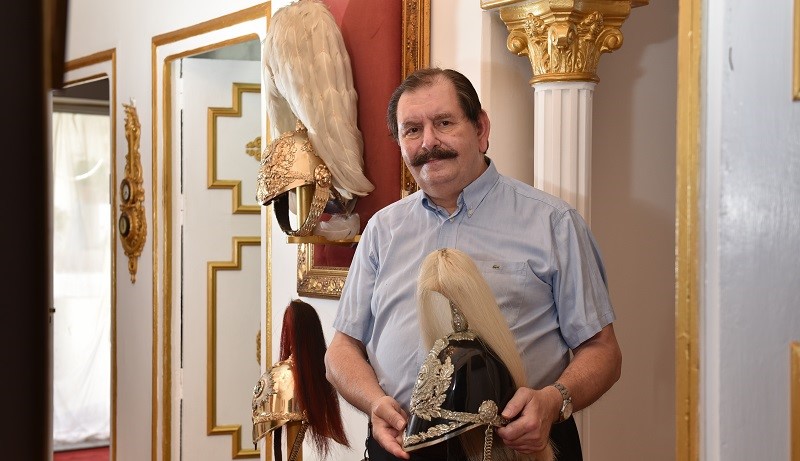
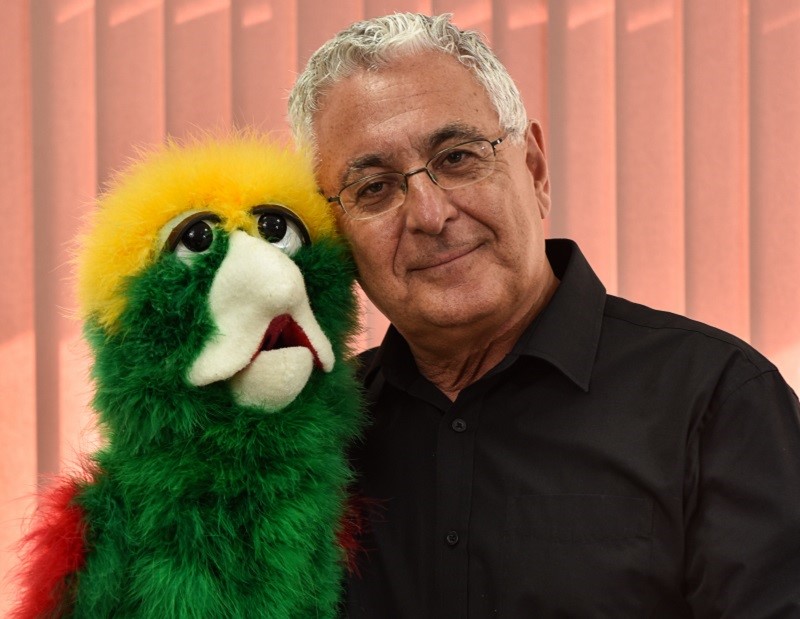
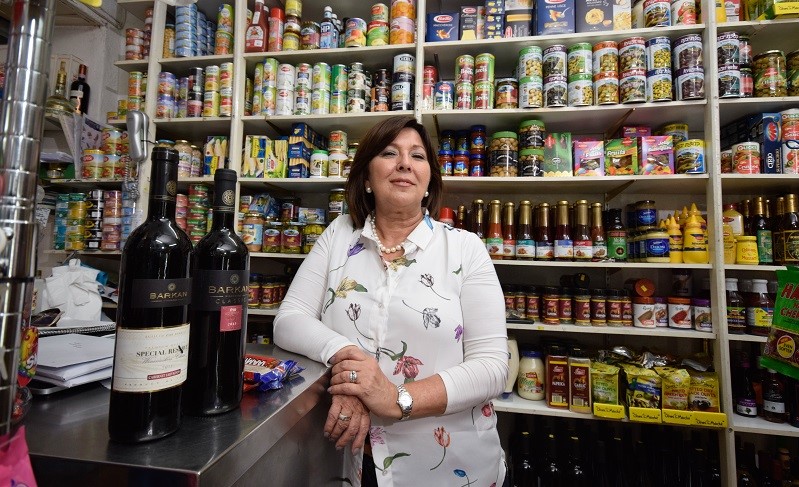
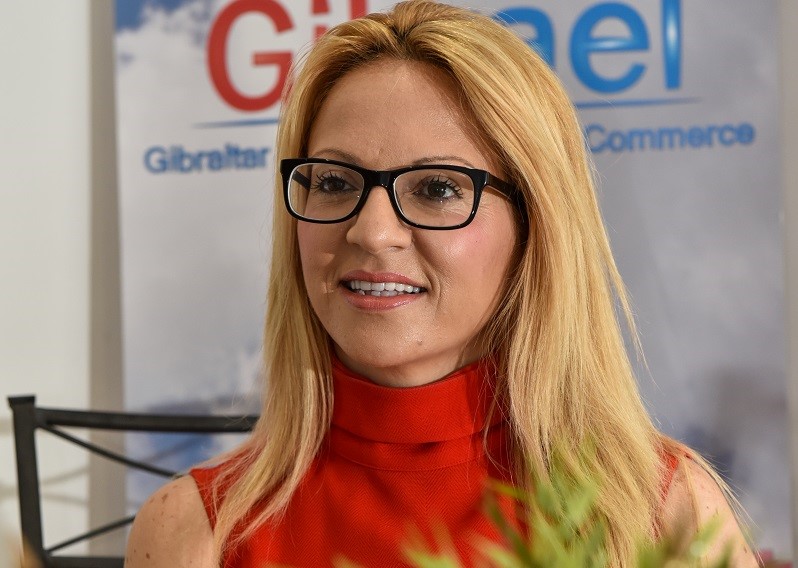

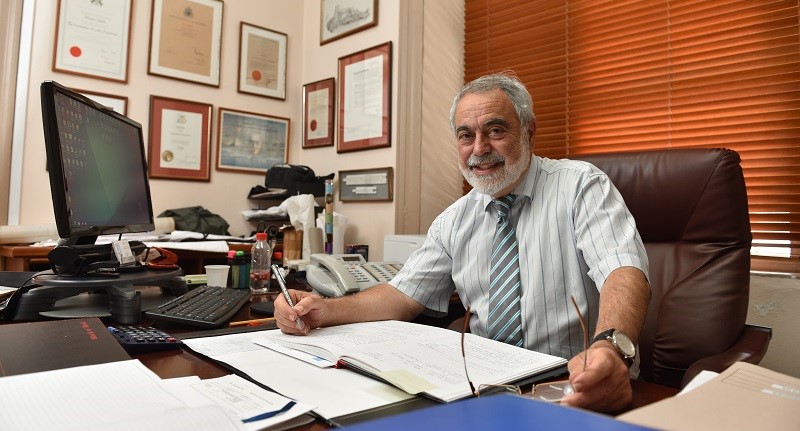

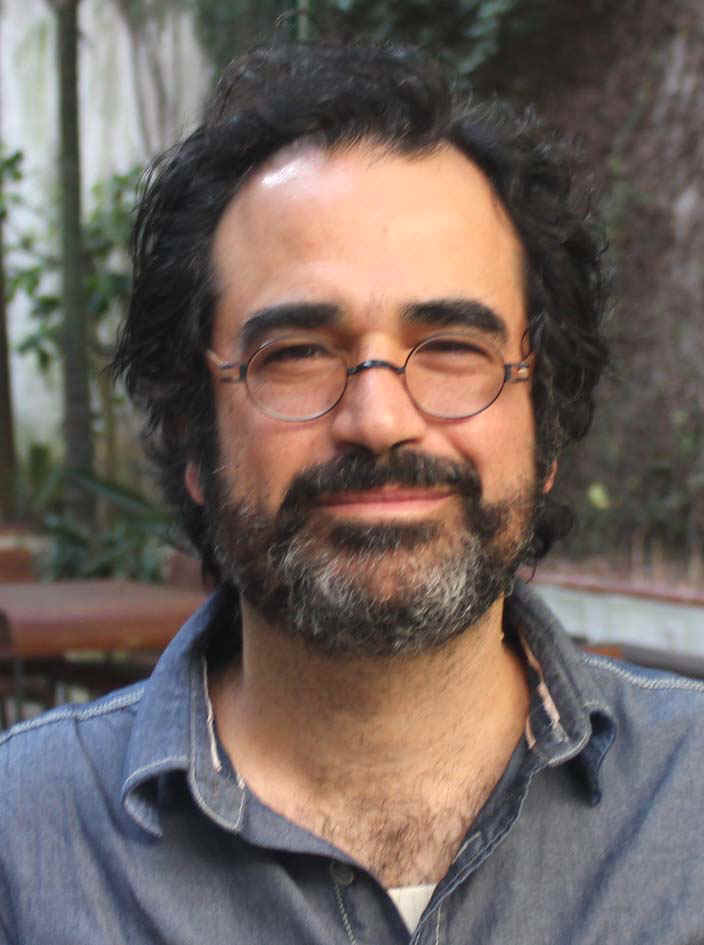
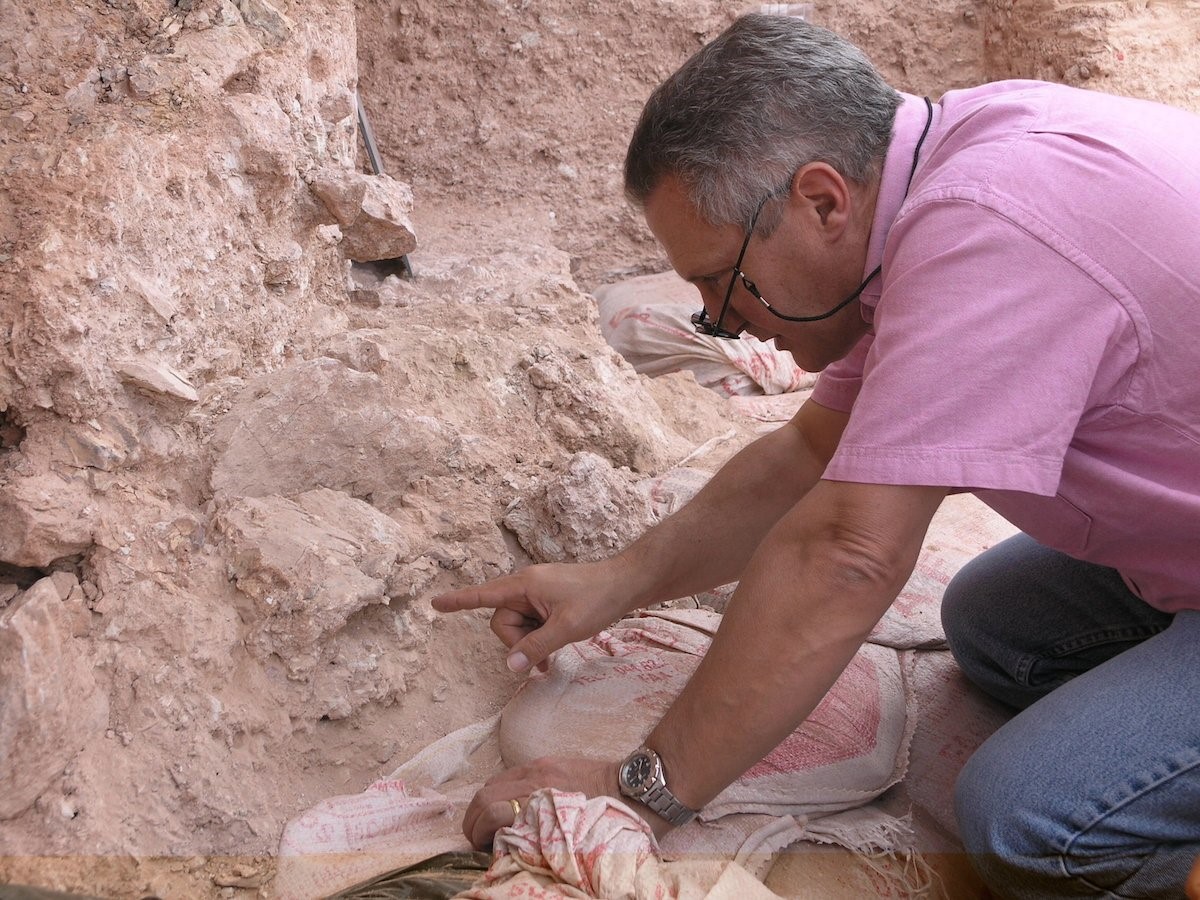
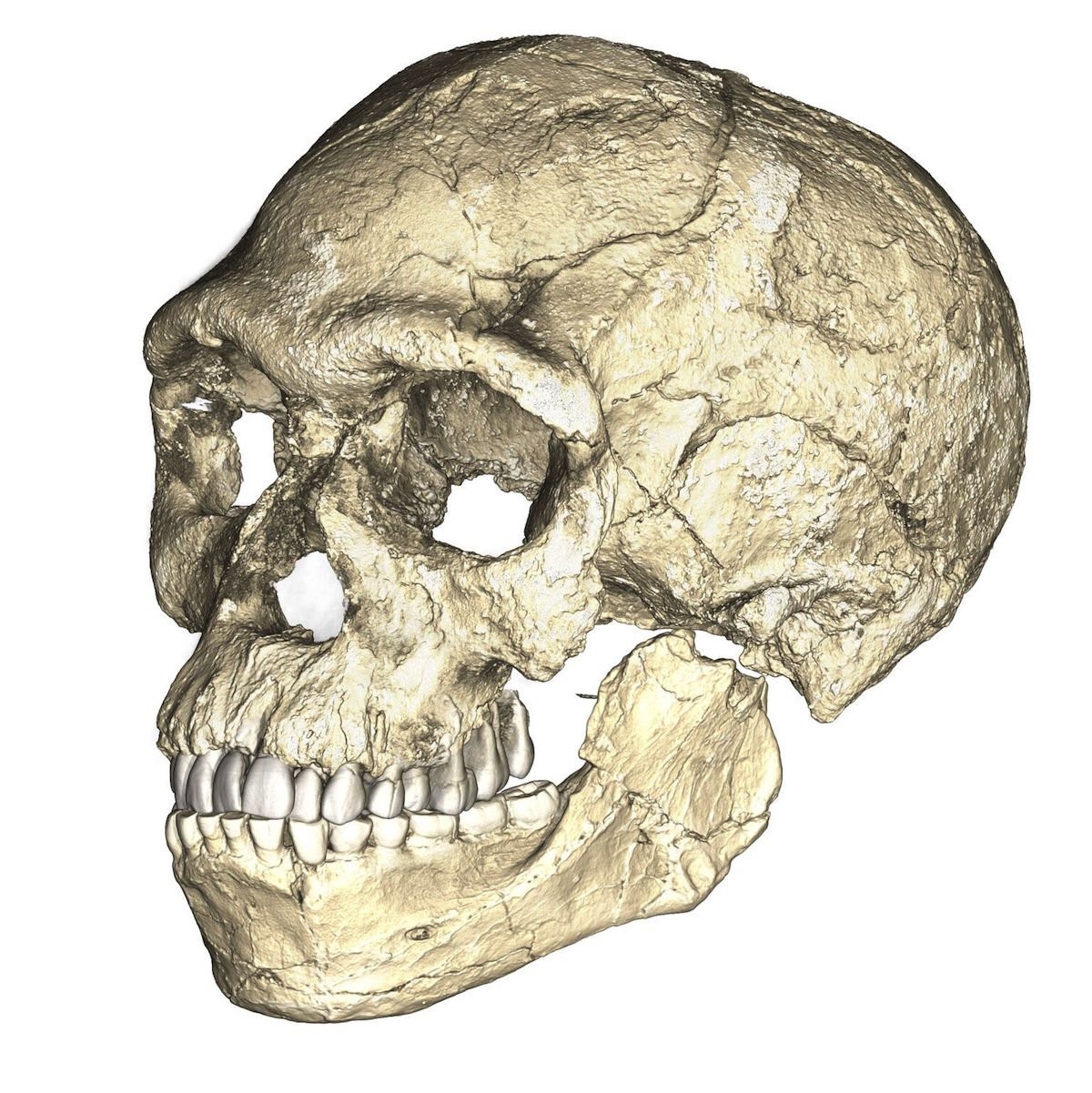

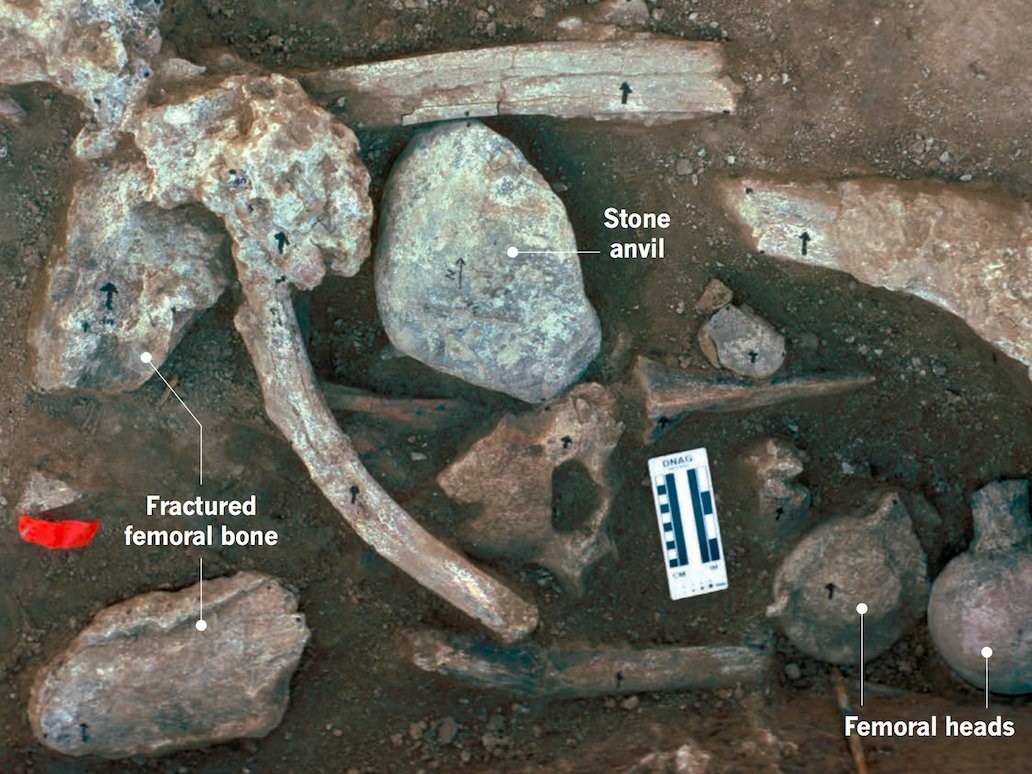
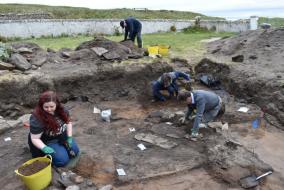
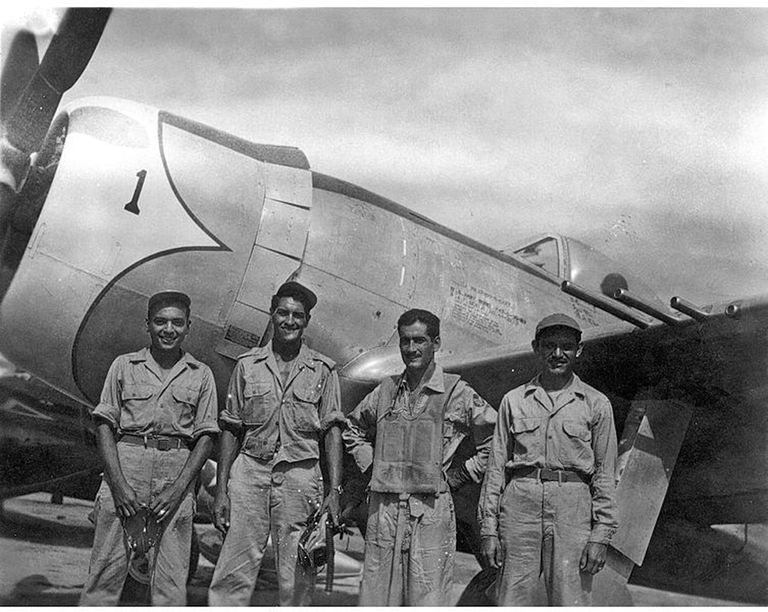
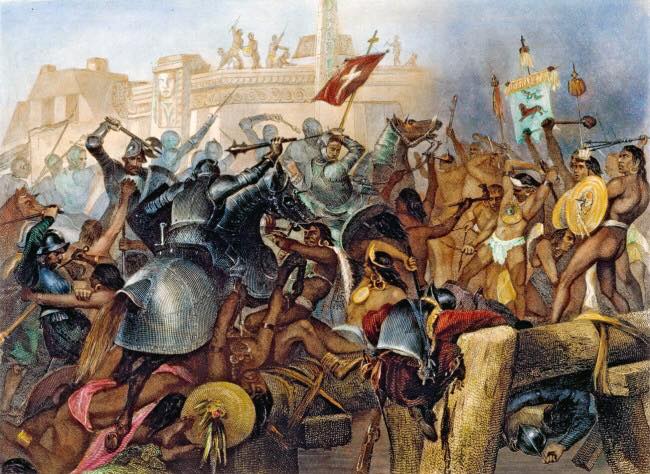
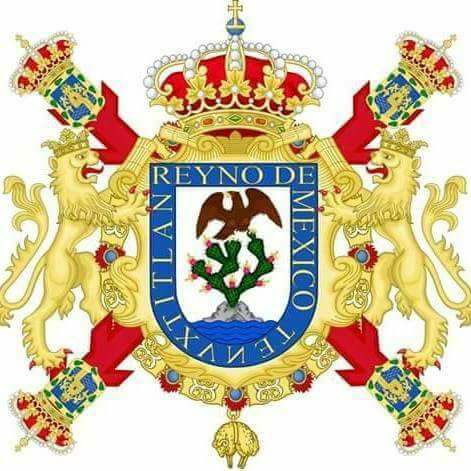
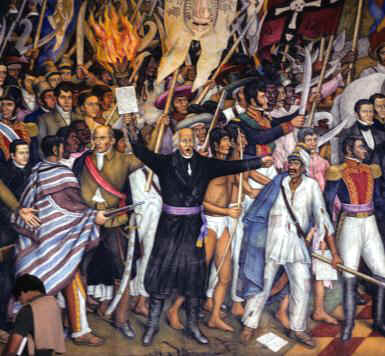
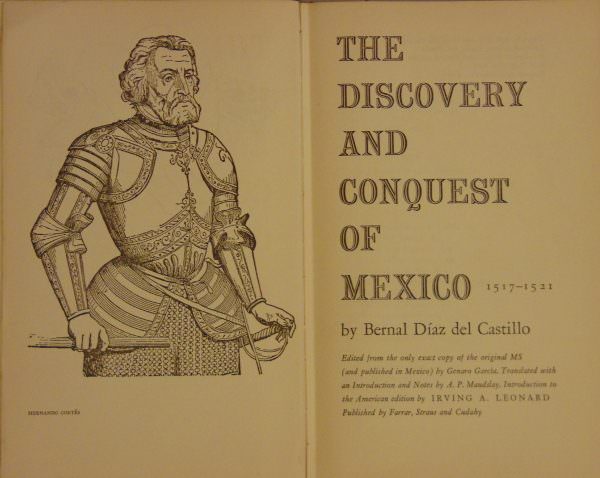
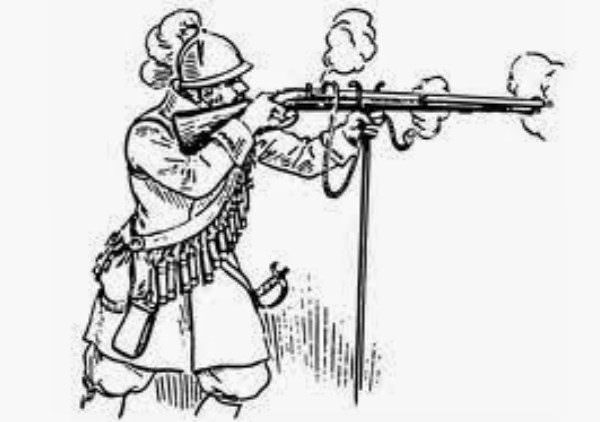

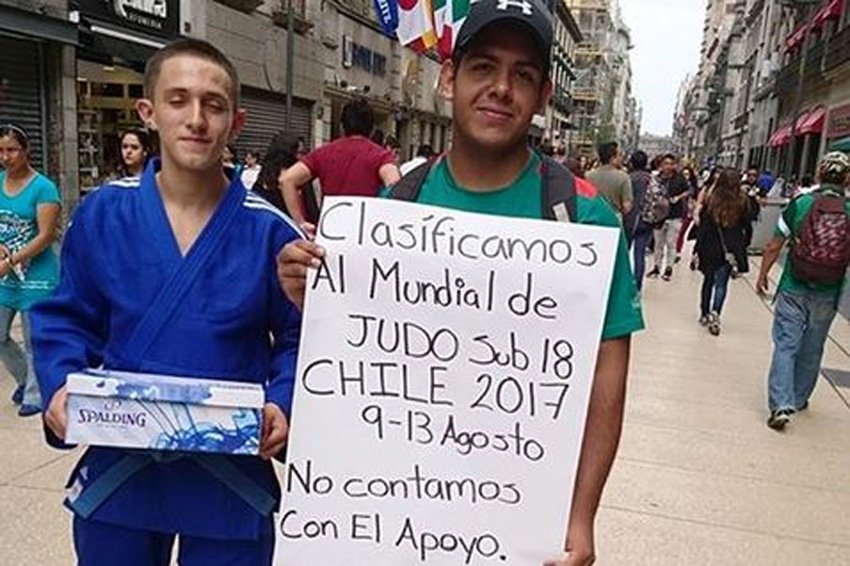
 Nor is he the only one this week. Another junior athlete in a similar situation is gymnast Kimberly Salazar.
The 13-year-old originally from Xalapa, Veracruz, but now resident in Mexico City, won four medals at the recent national Youth Olympics in Monterrey, Nuevo León. That performance qualified her for the Pan American Rhythmic Gymnastics Championships that will be held in October in Daytona Beach, Florida.
Nor is he the only one this week. Another junior athlete in a similar situation is gymnast Kimberly Salazar.
The 13-year-old originally from Xalapa, Veracruz, but now resident in Mexico City, won four medals at the recent national Youth Olympics in Monterrey, Nuevo León. That performance qualified her for the Pan American Rhythmic Gymnastics Championships that will be held in October in Daytona Beach, Florida.
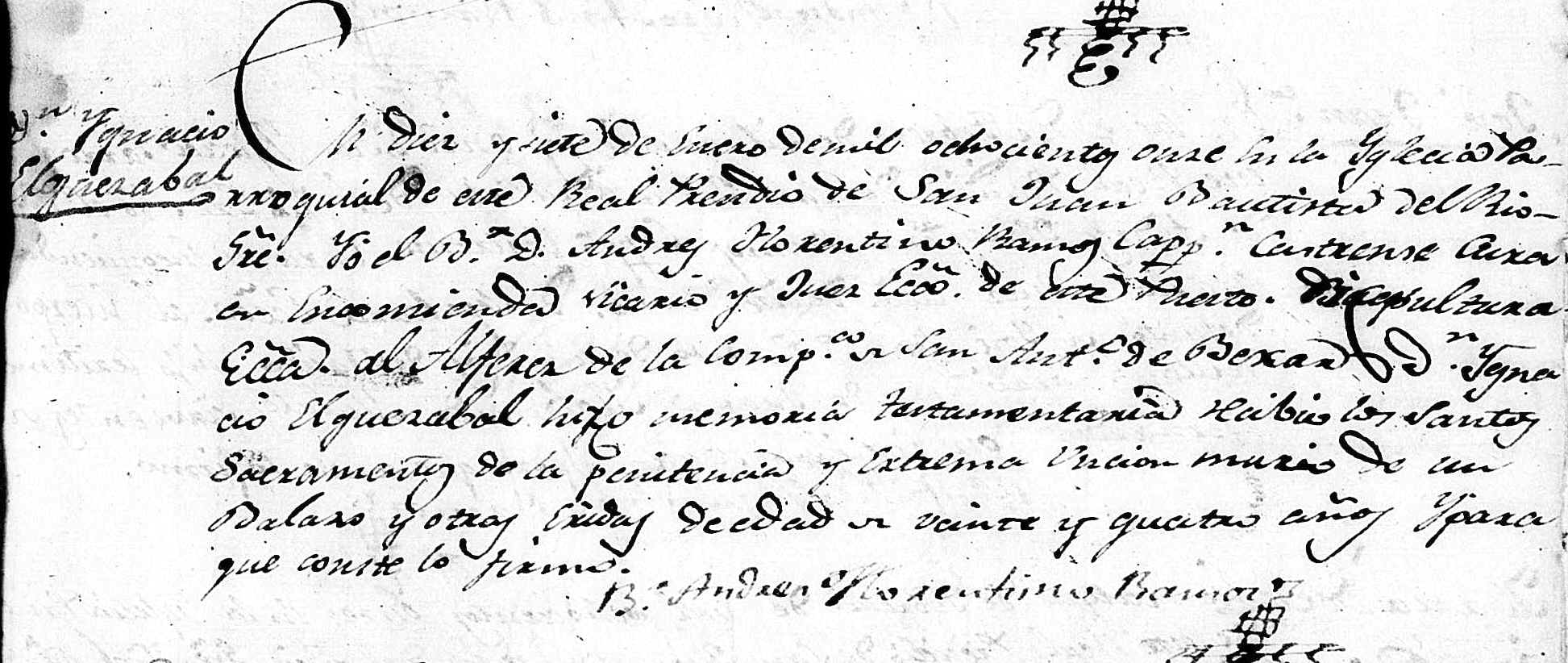
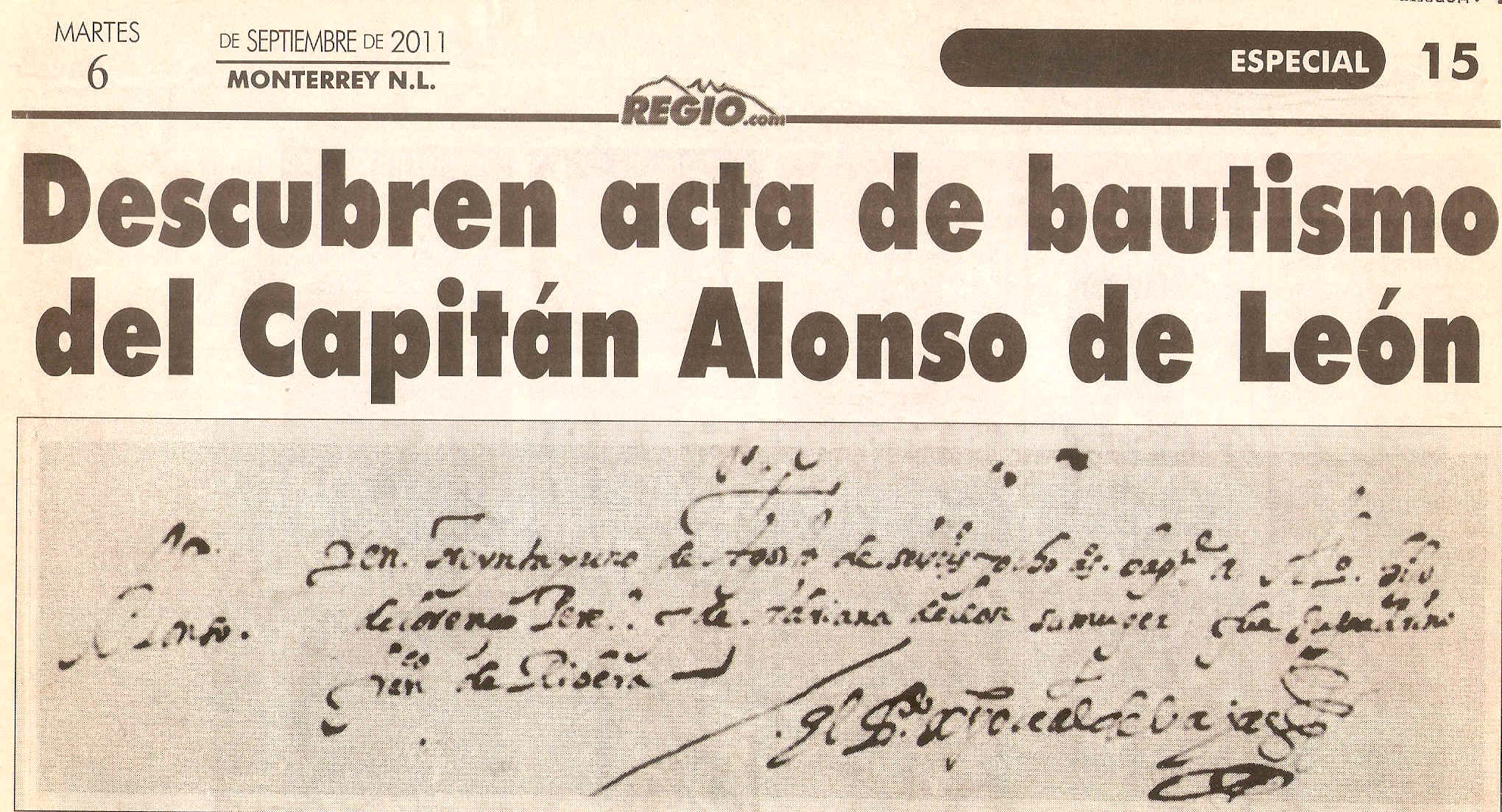
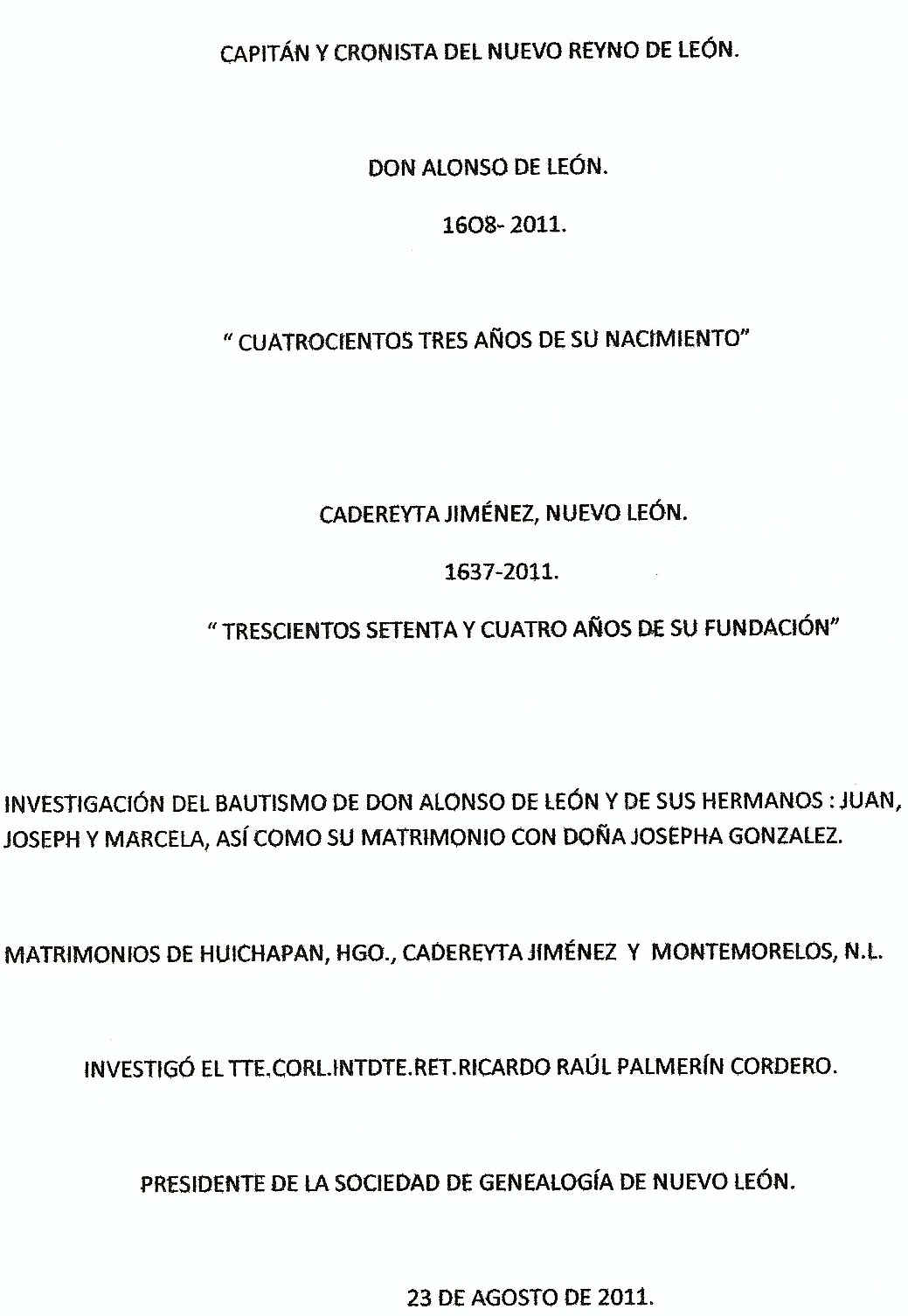
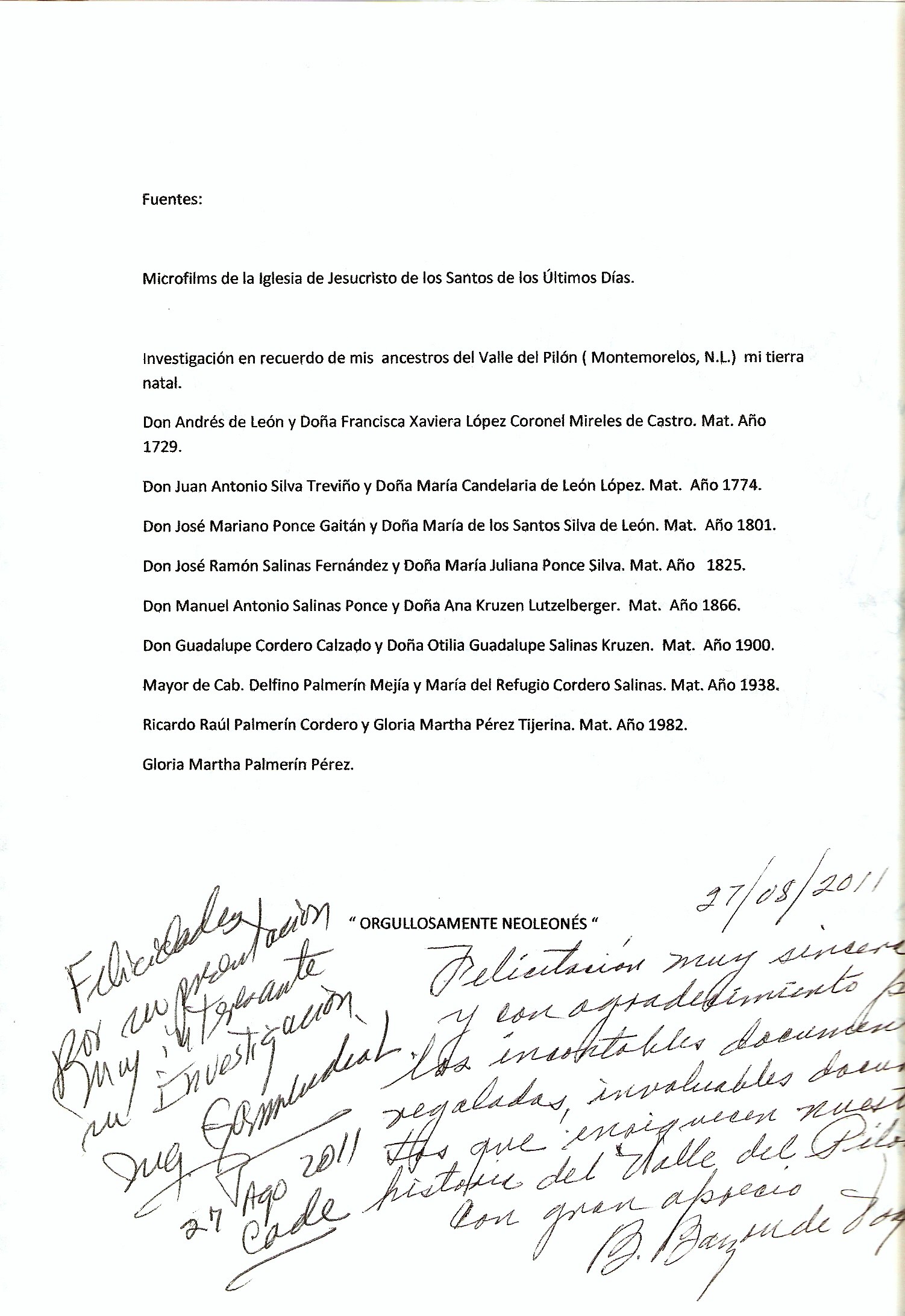
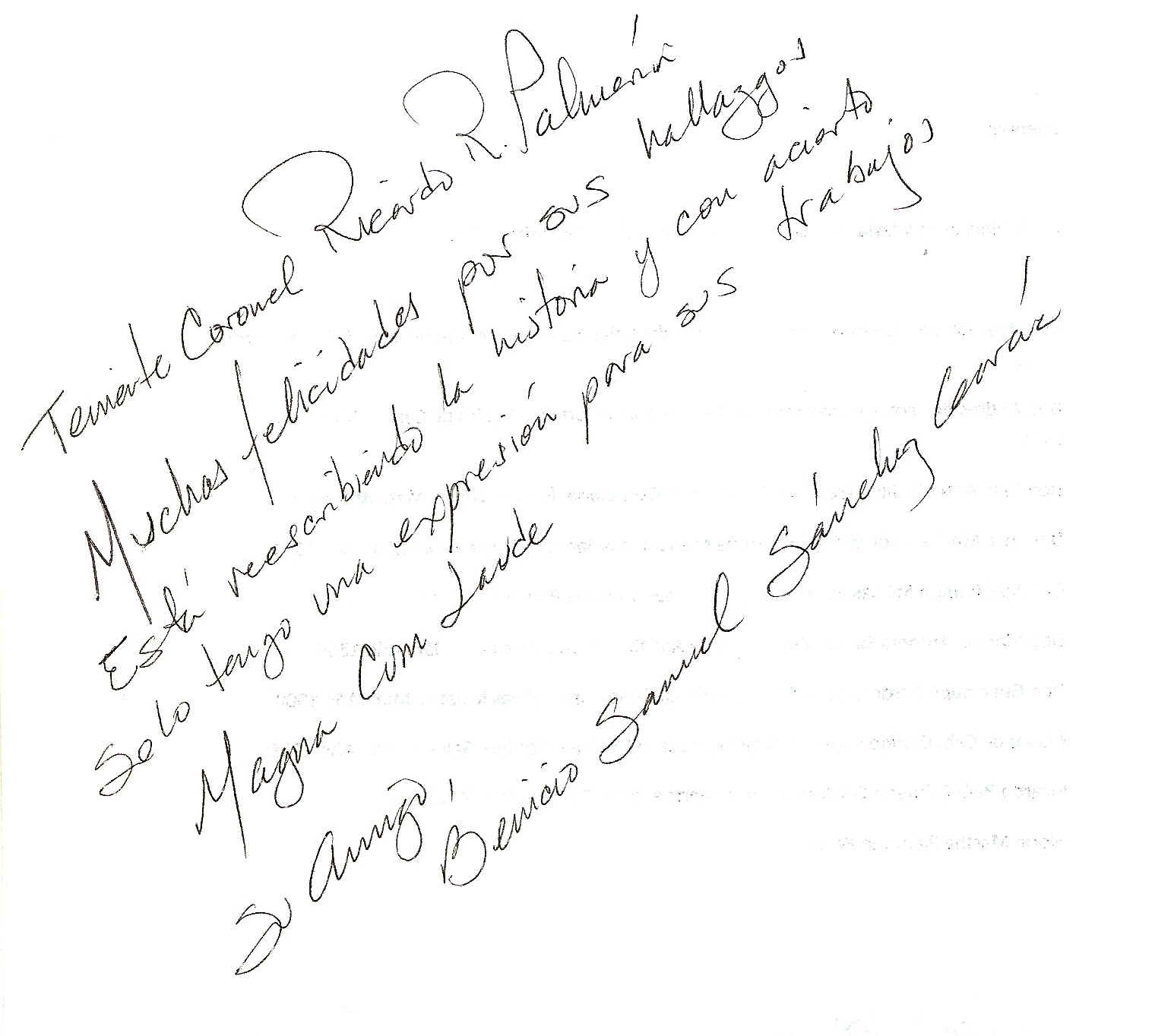
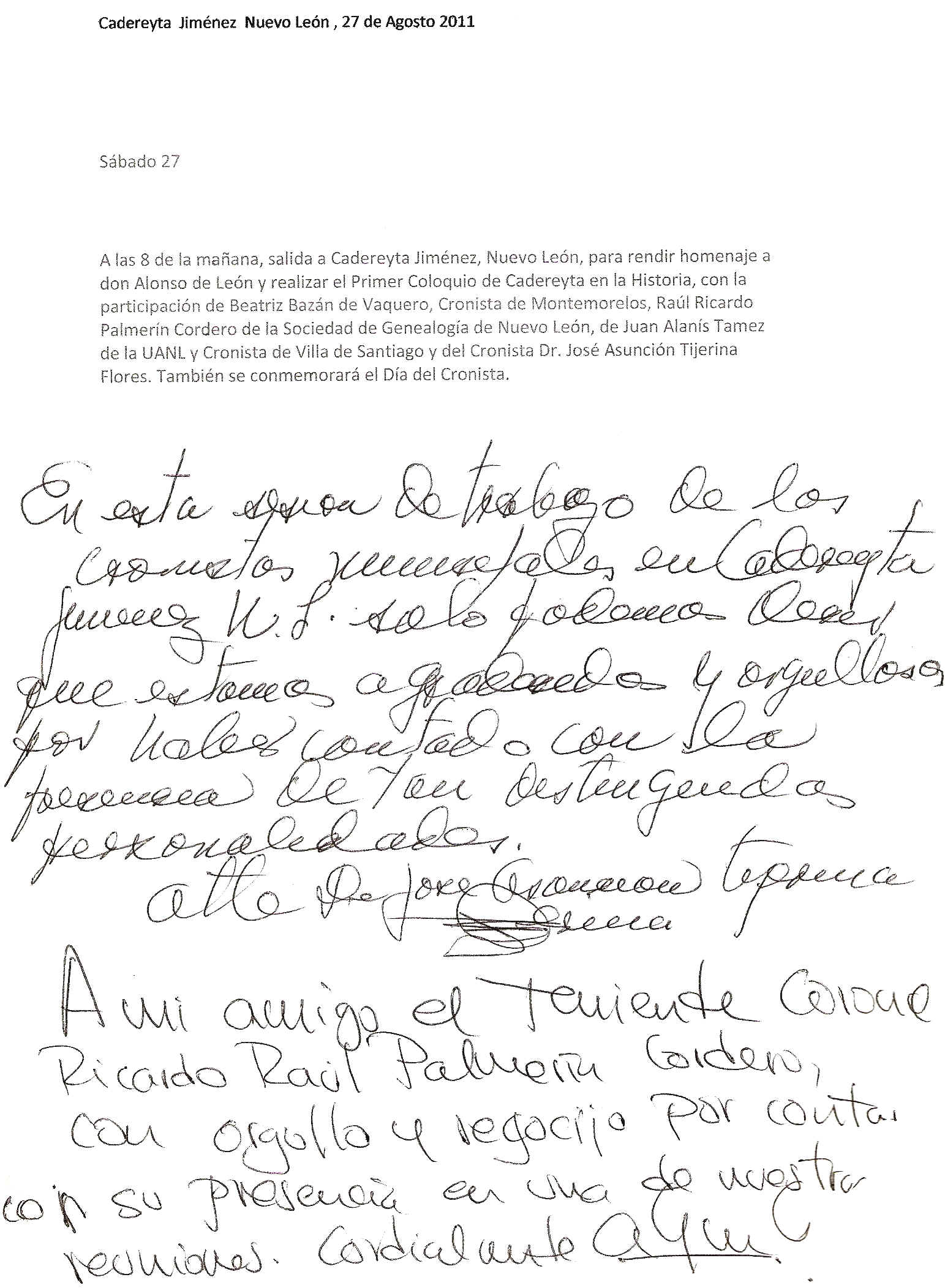
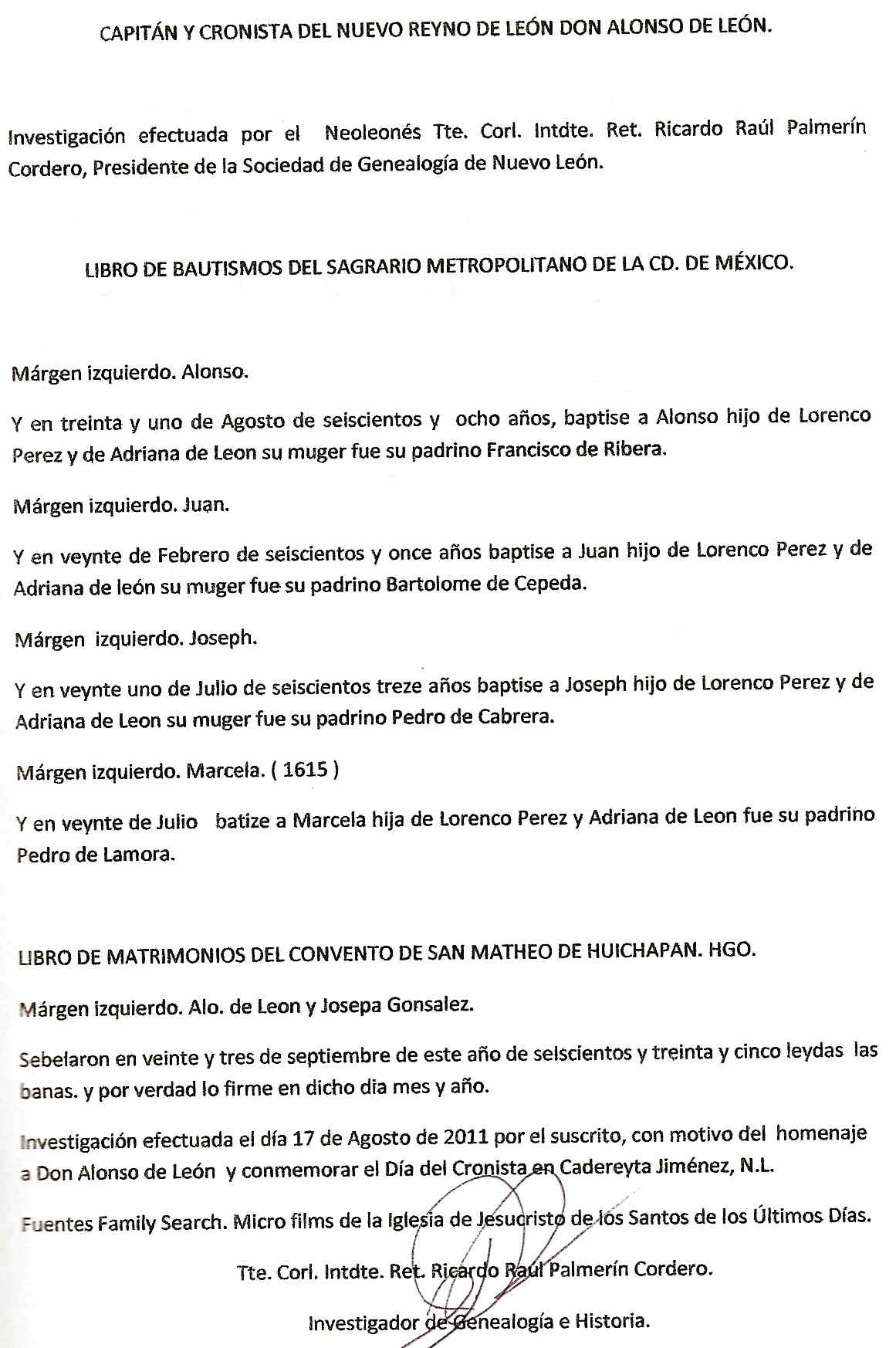
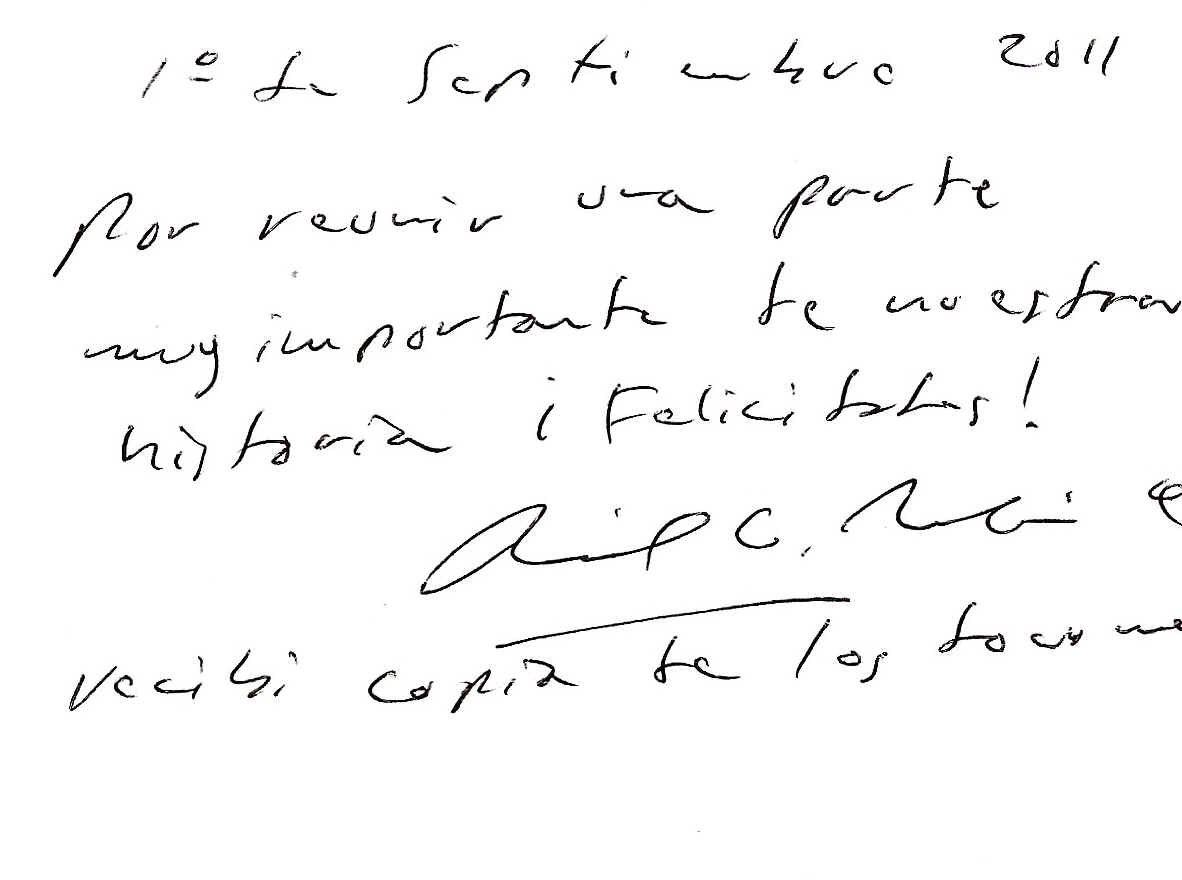
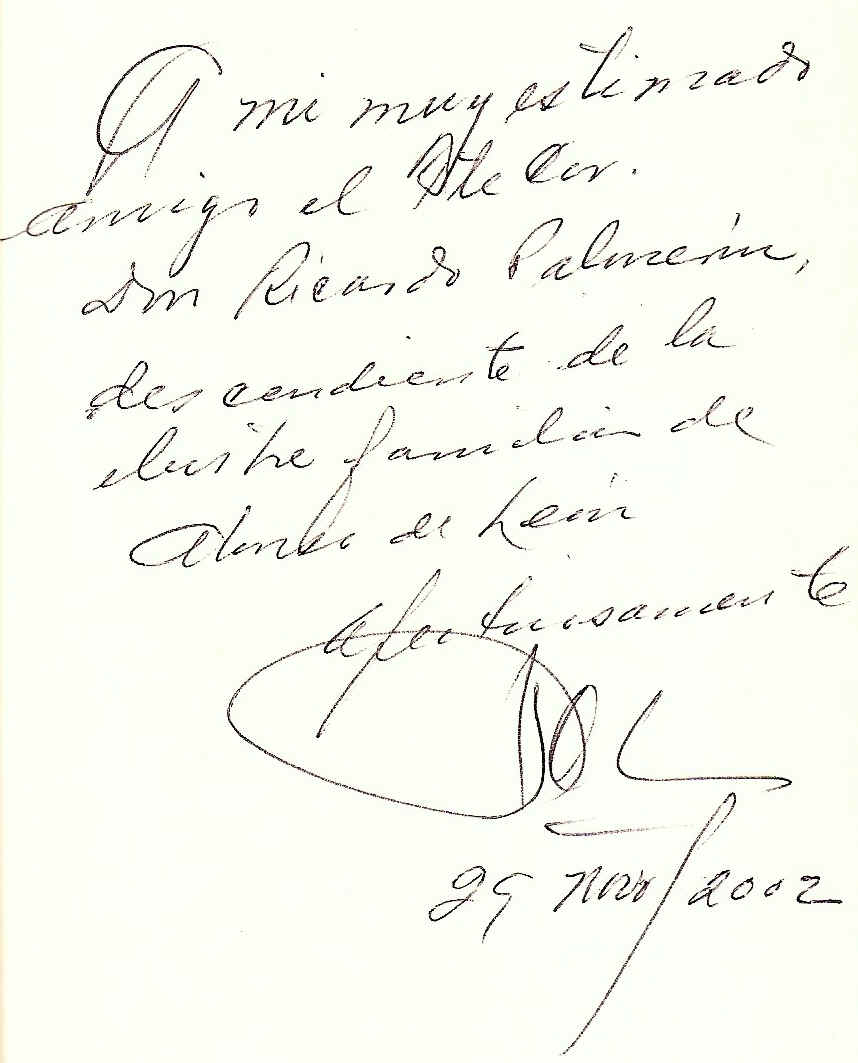
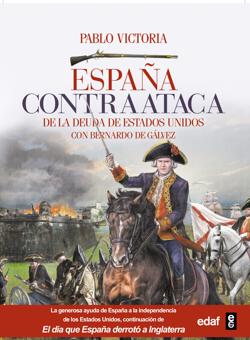
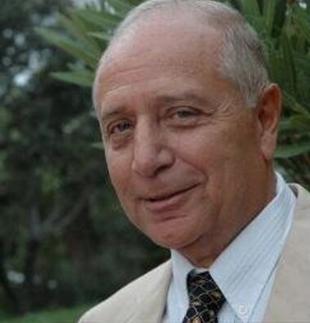 La acción del gobernador malagueño y sus fieros soldados llevó a ladestrucción de no pocas fortalezas británicas situadas en torno al río
Missisipi. Al mismo tiempo, se hizo con el control de la importante plaza deMobile -a pesar de haber perdido varios hombres y navíos en
La acción del gobernador malagueño y sus fieros soldados llevó a ladestrucción de no pocas fortalezas británicas situadas en torno al río
Missisipi. Al mismo tiempo, se hizo con el control de la importante plaza deMobile -a pesar de haber perdido varios hombres y navíos en 